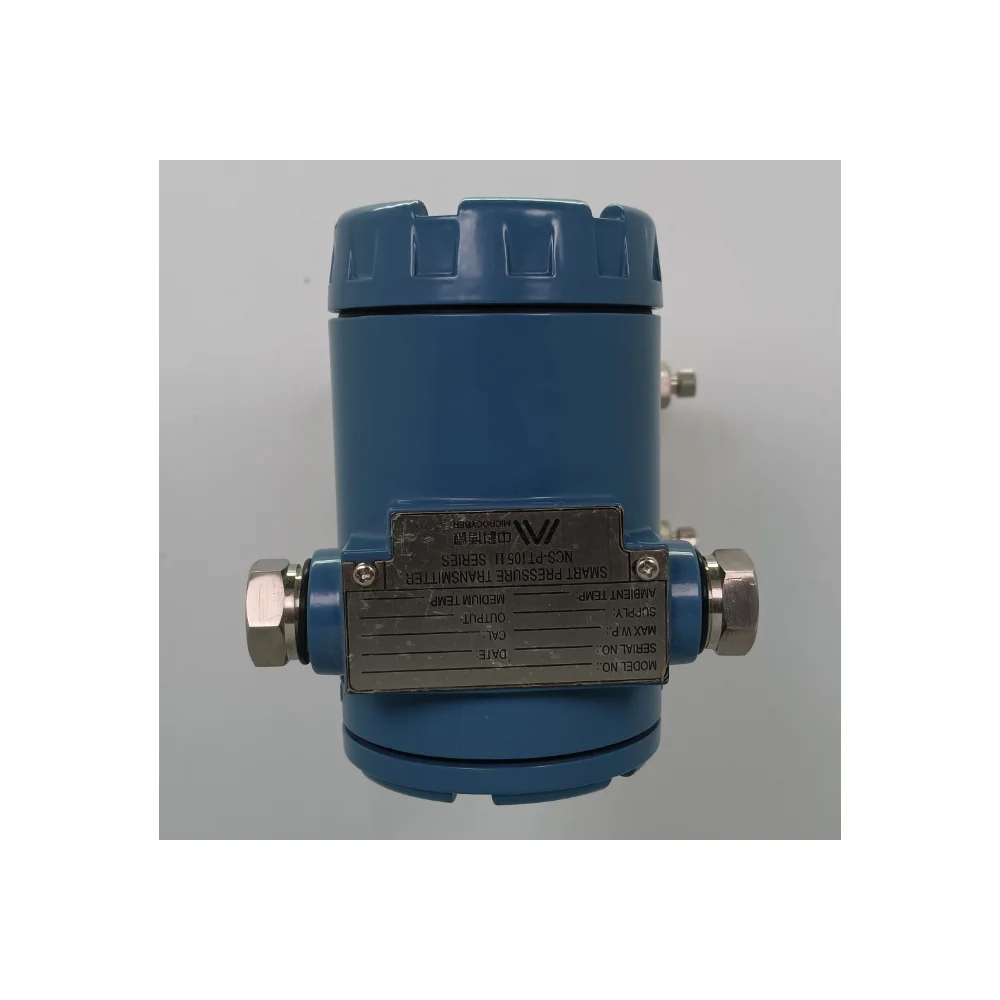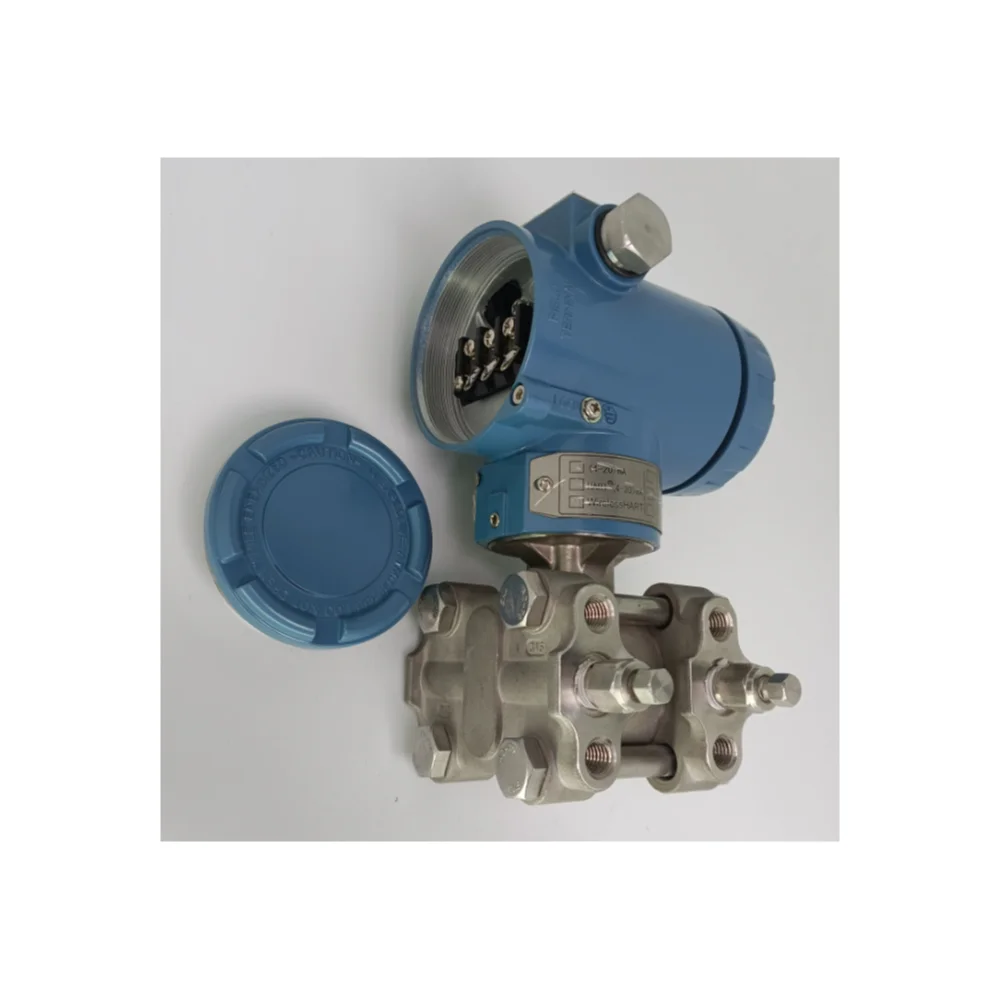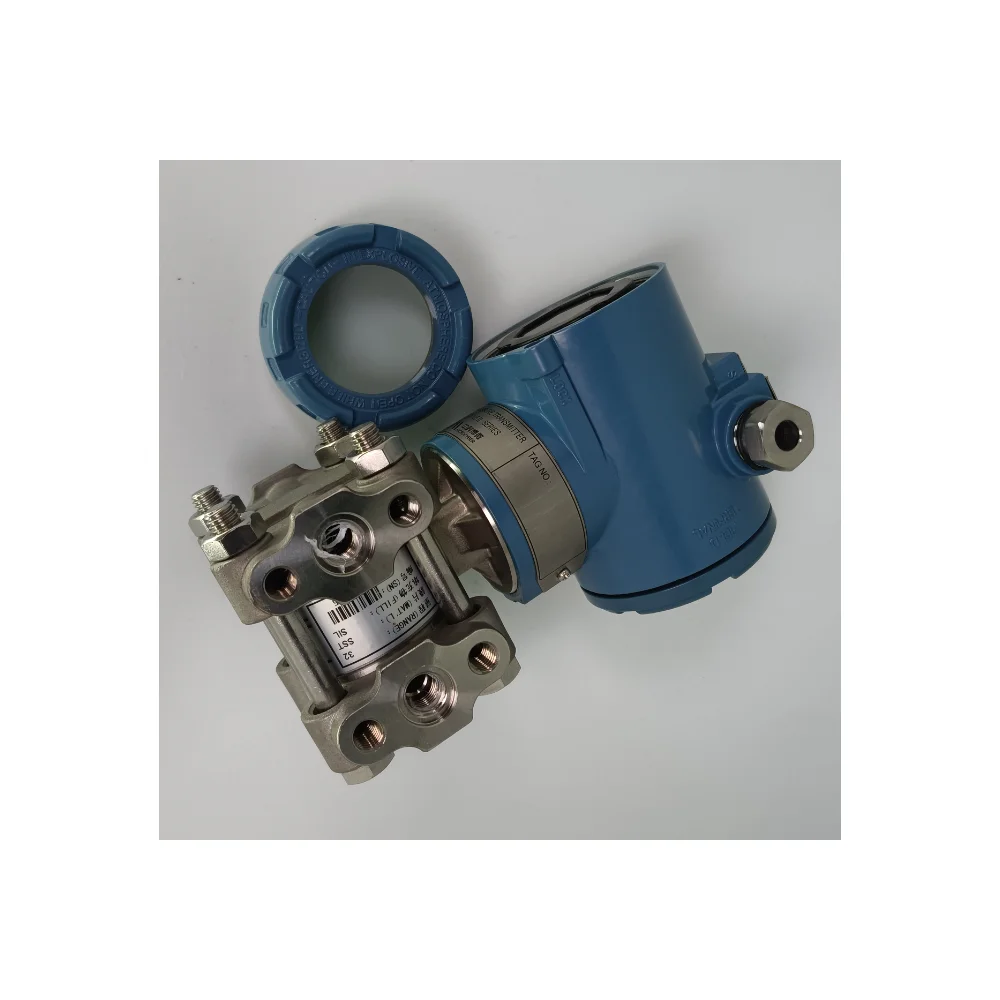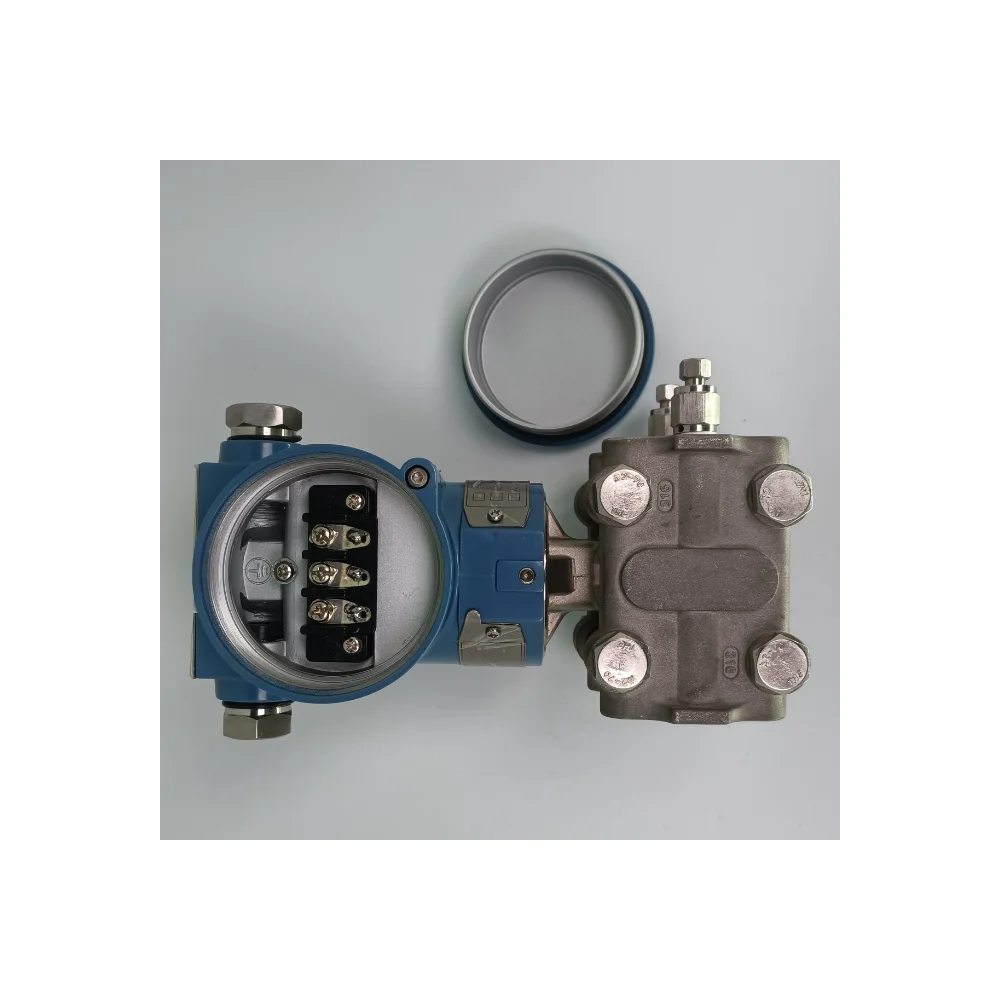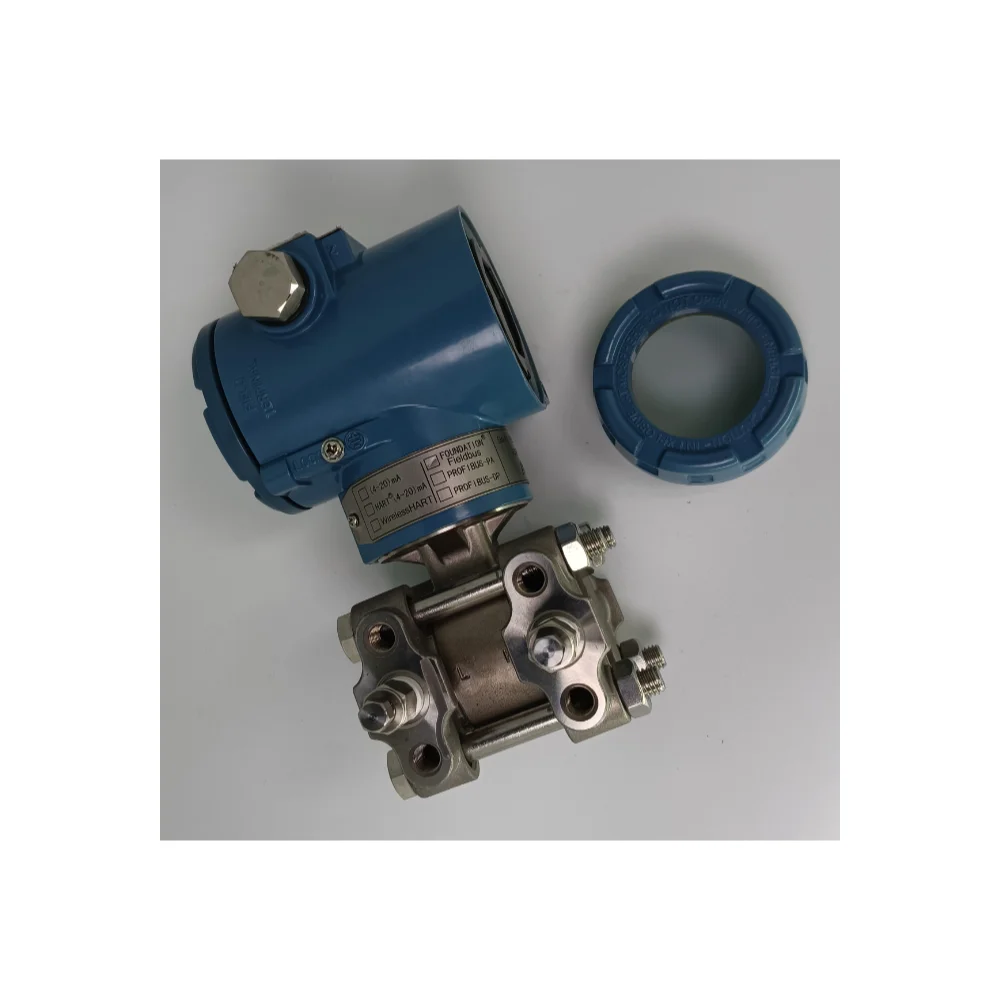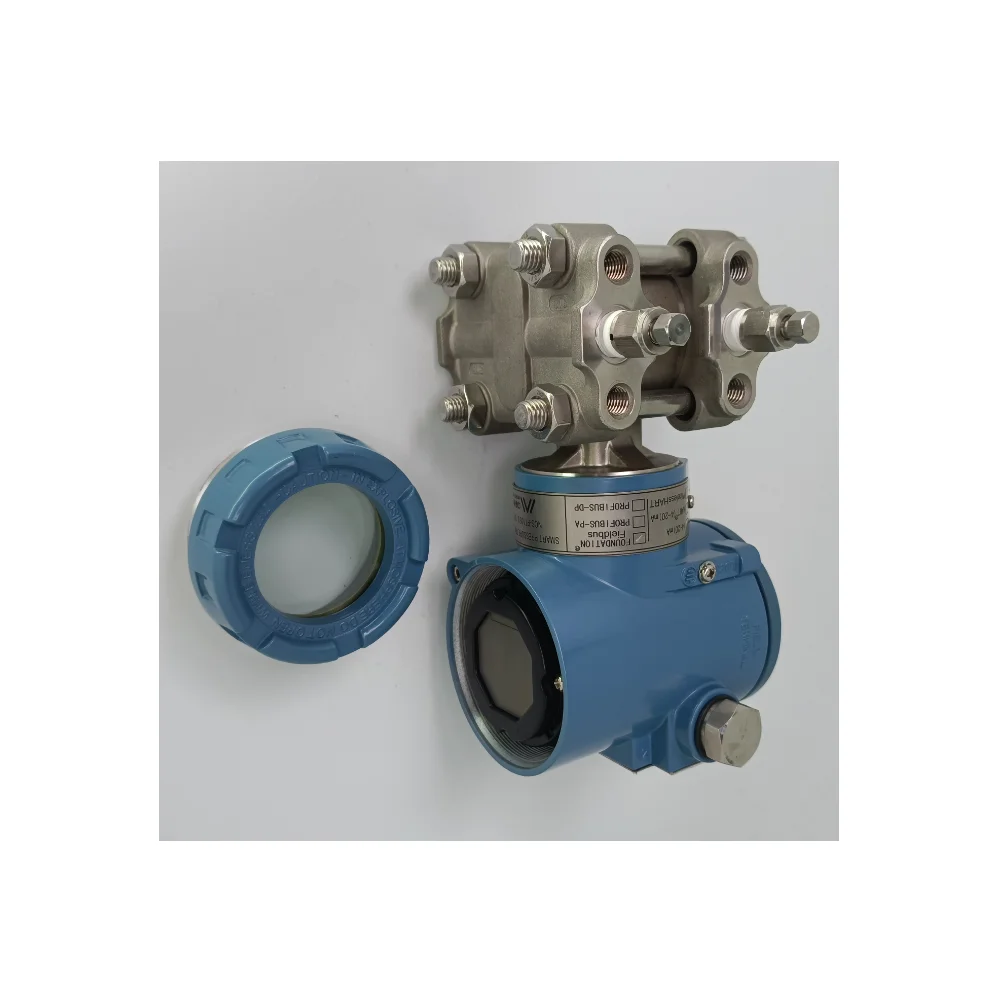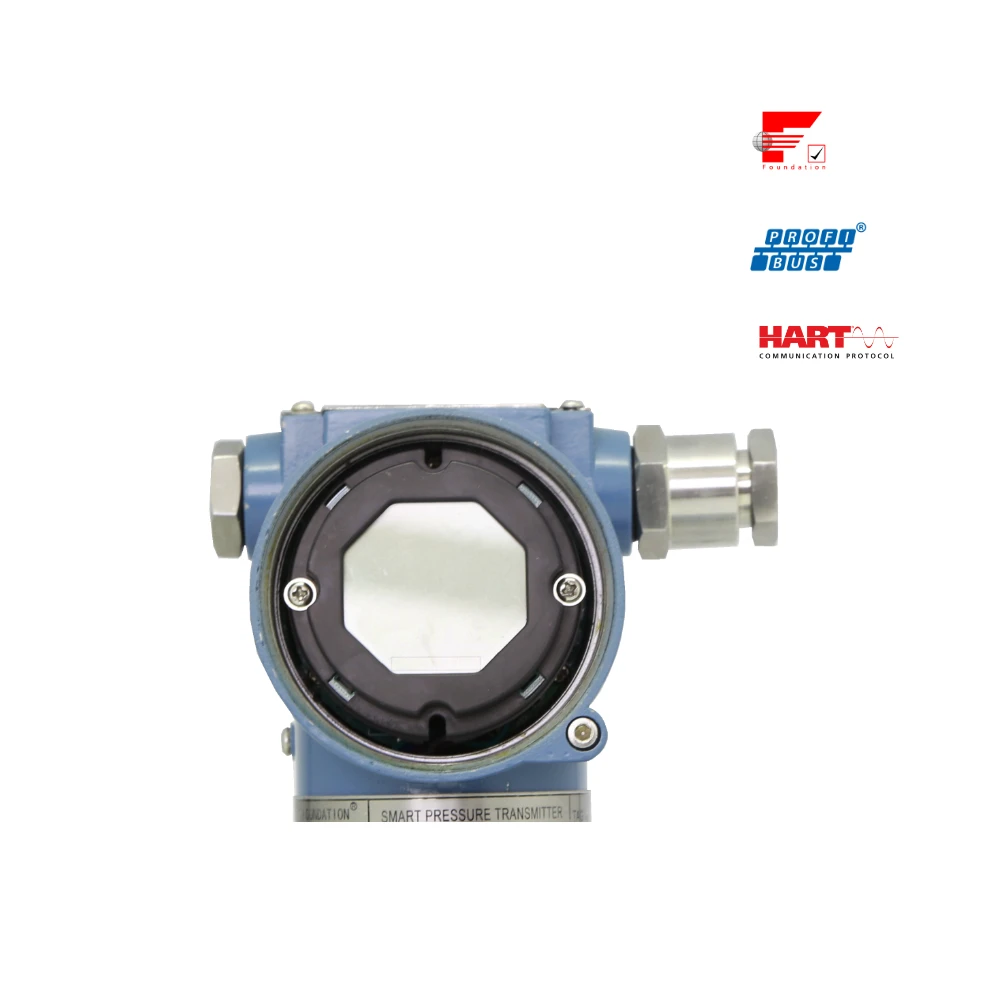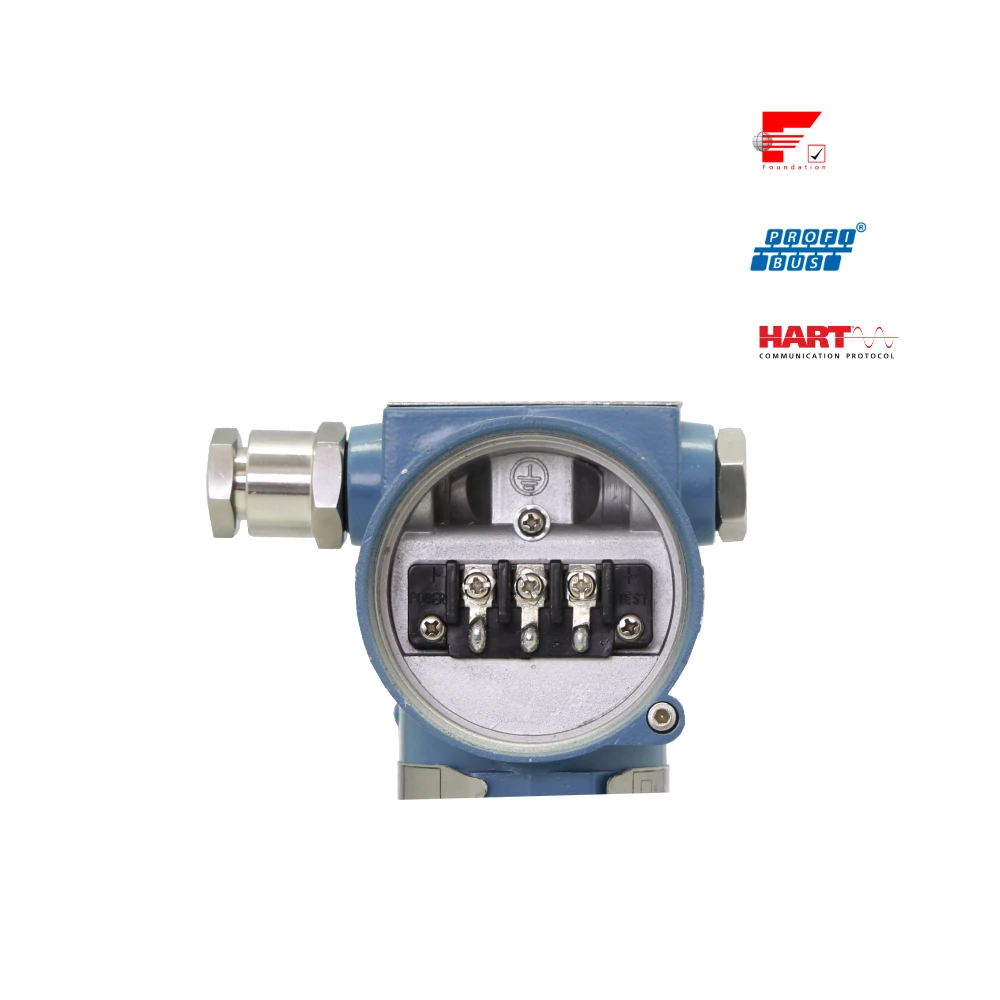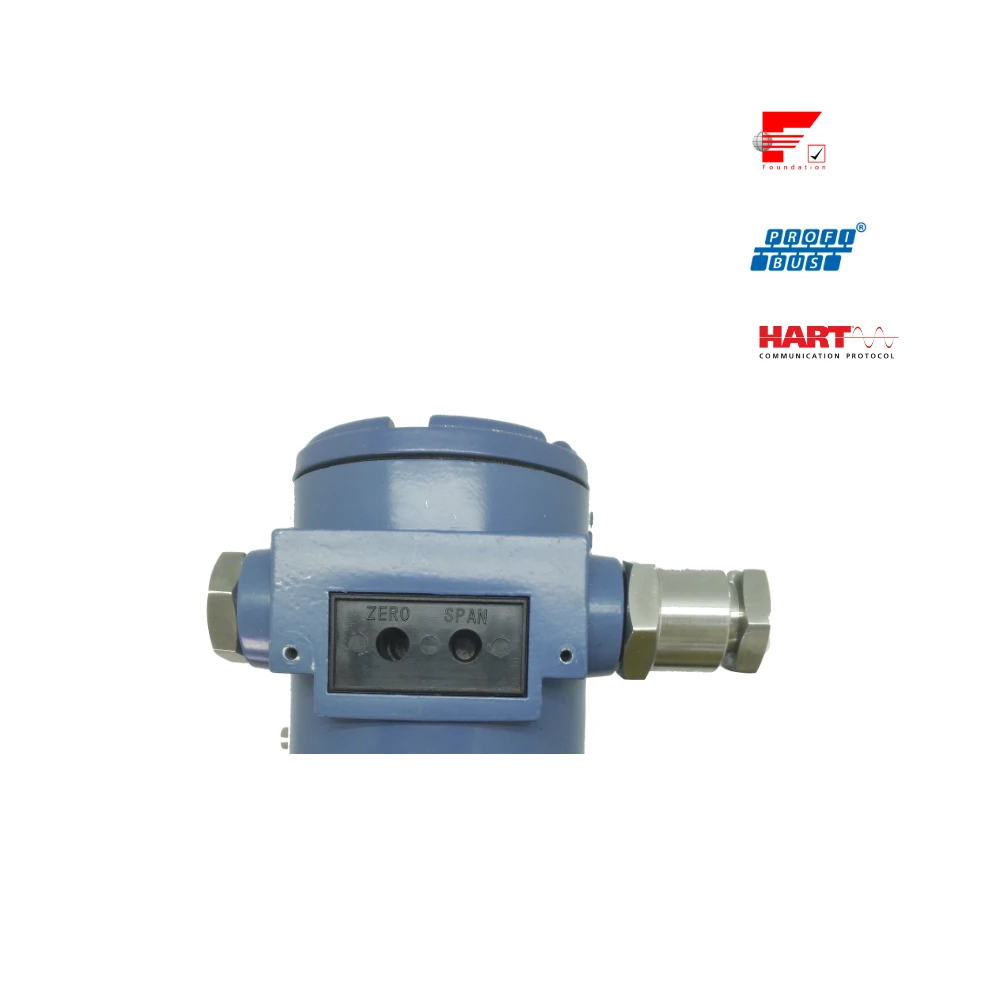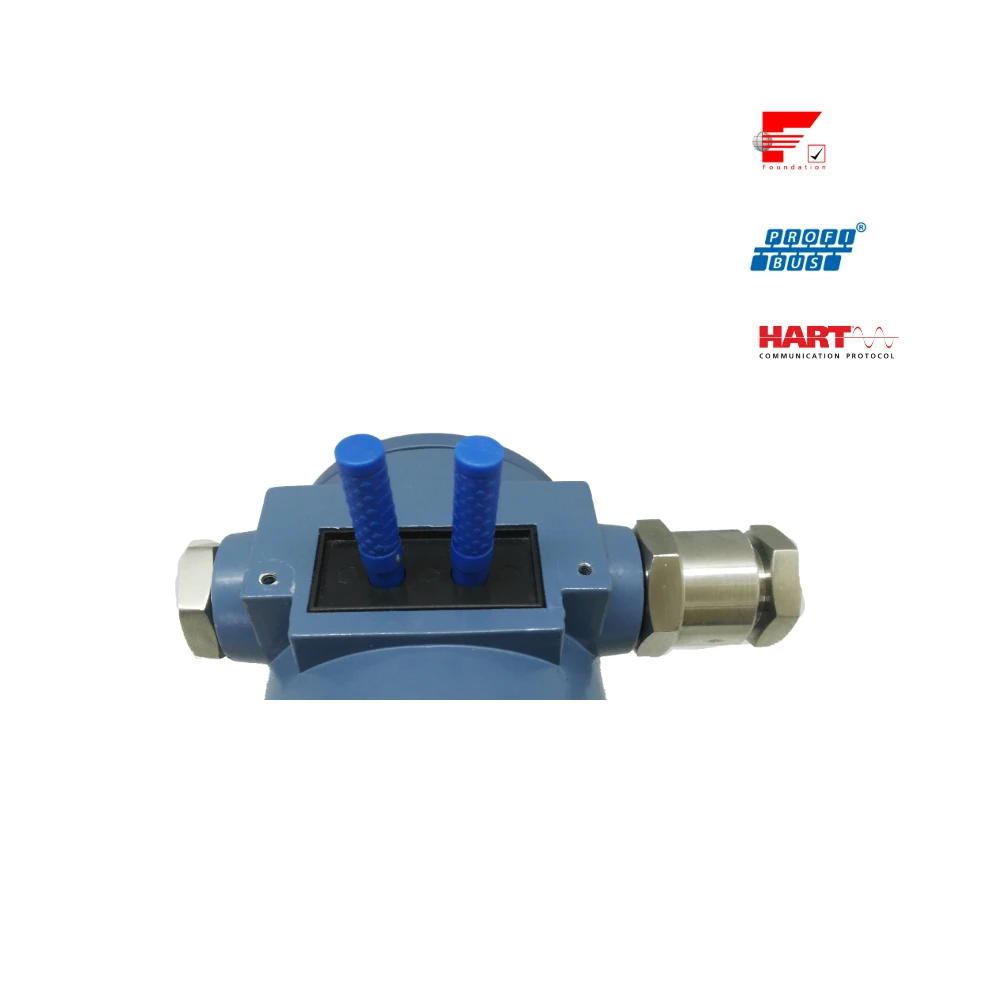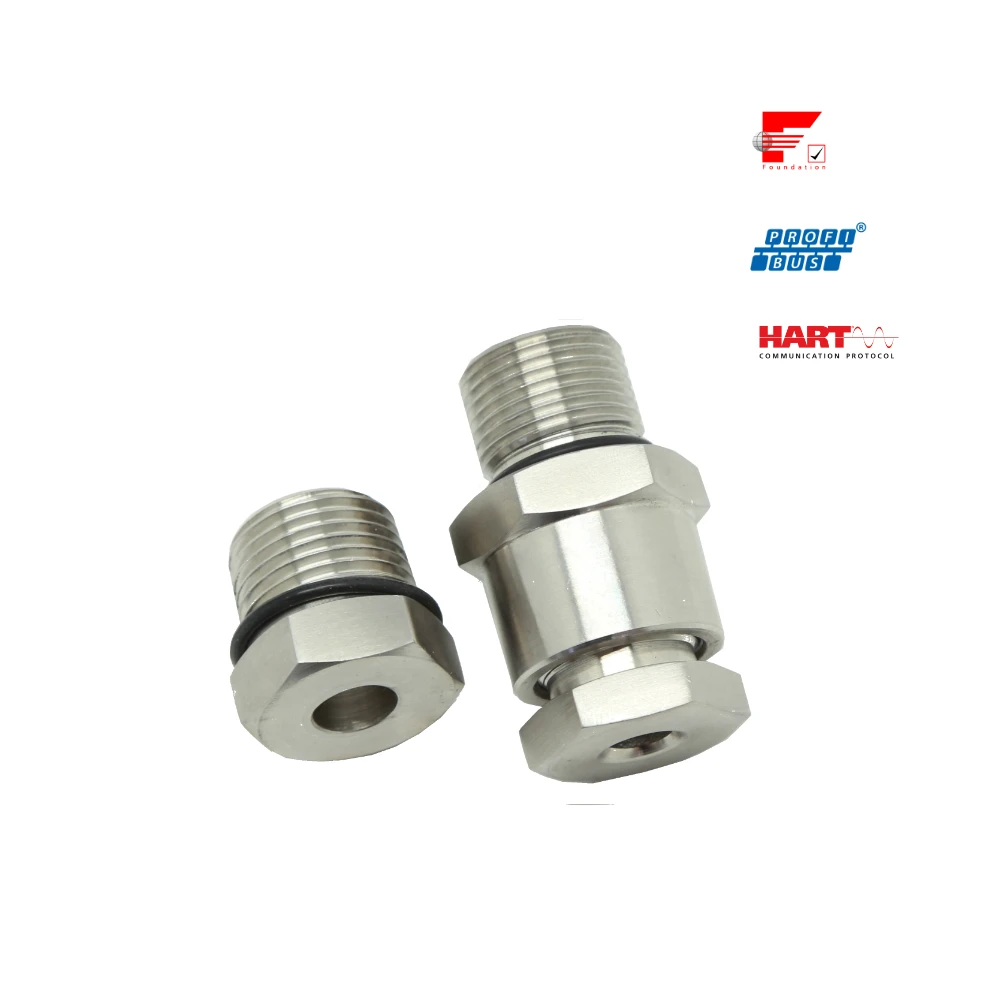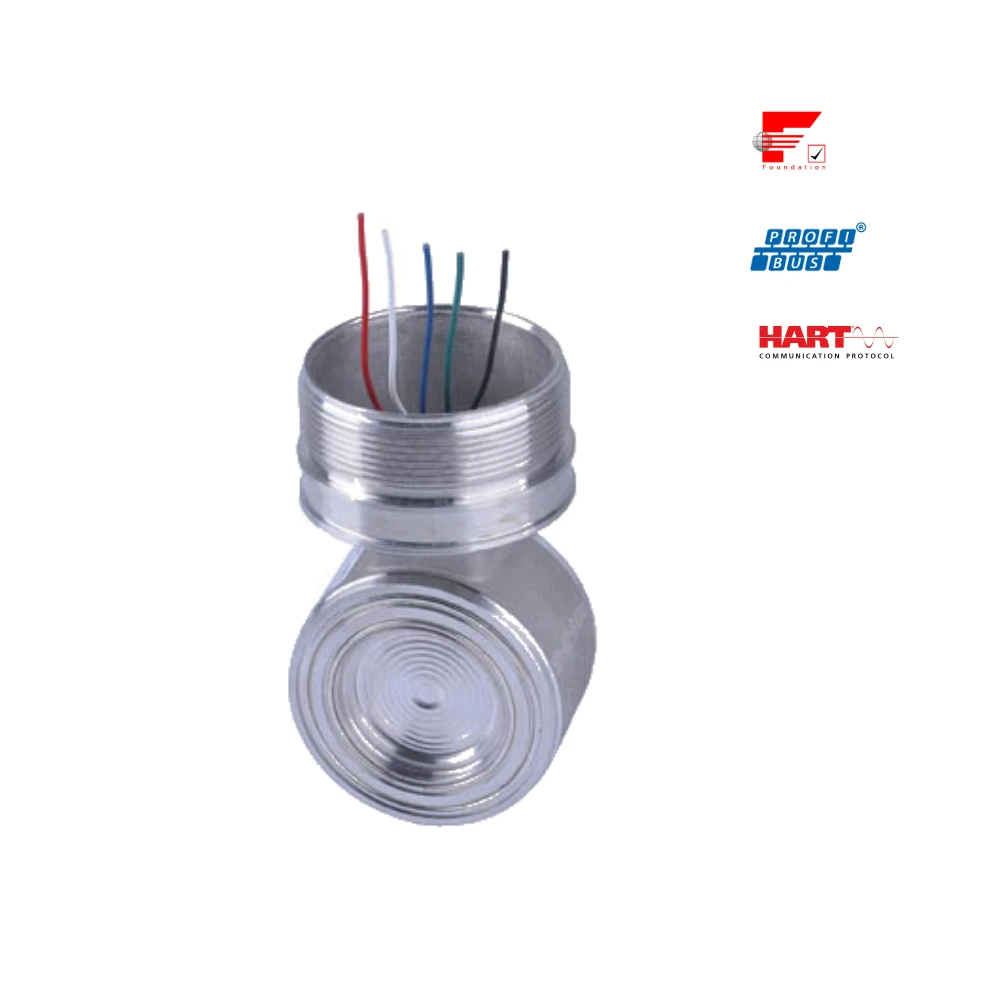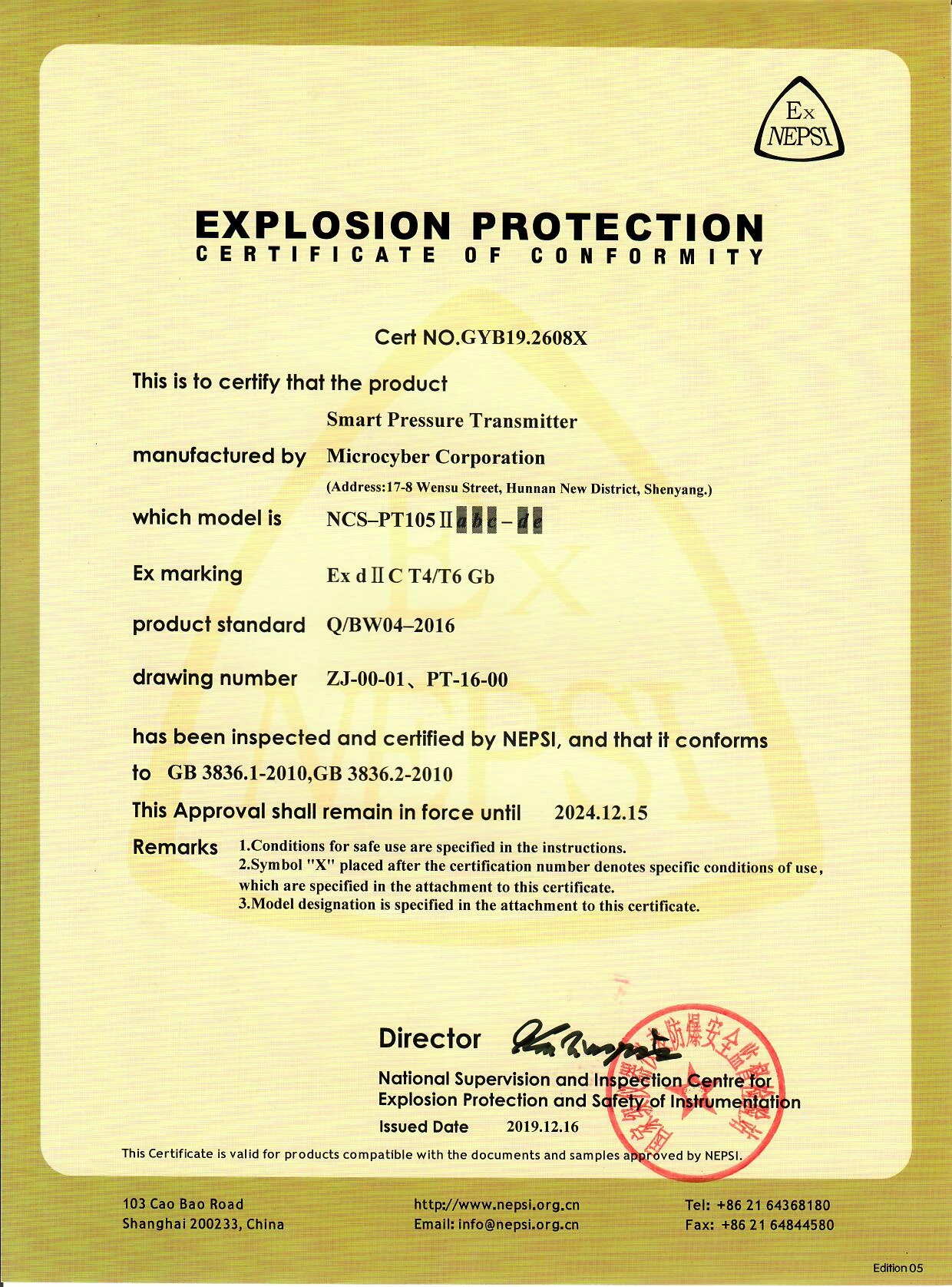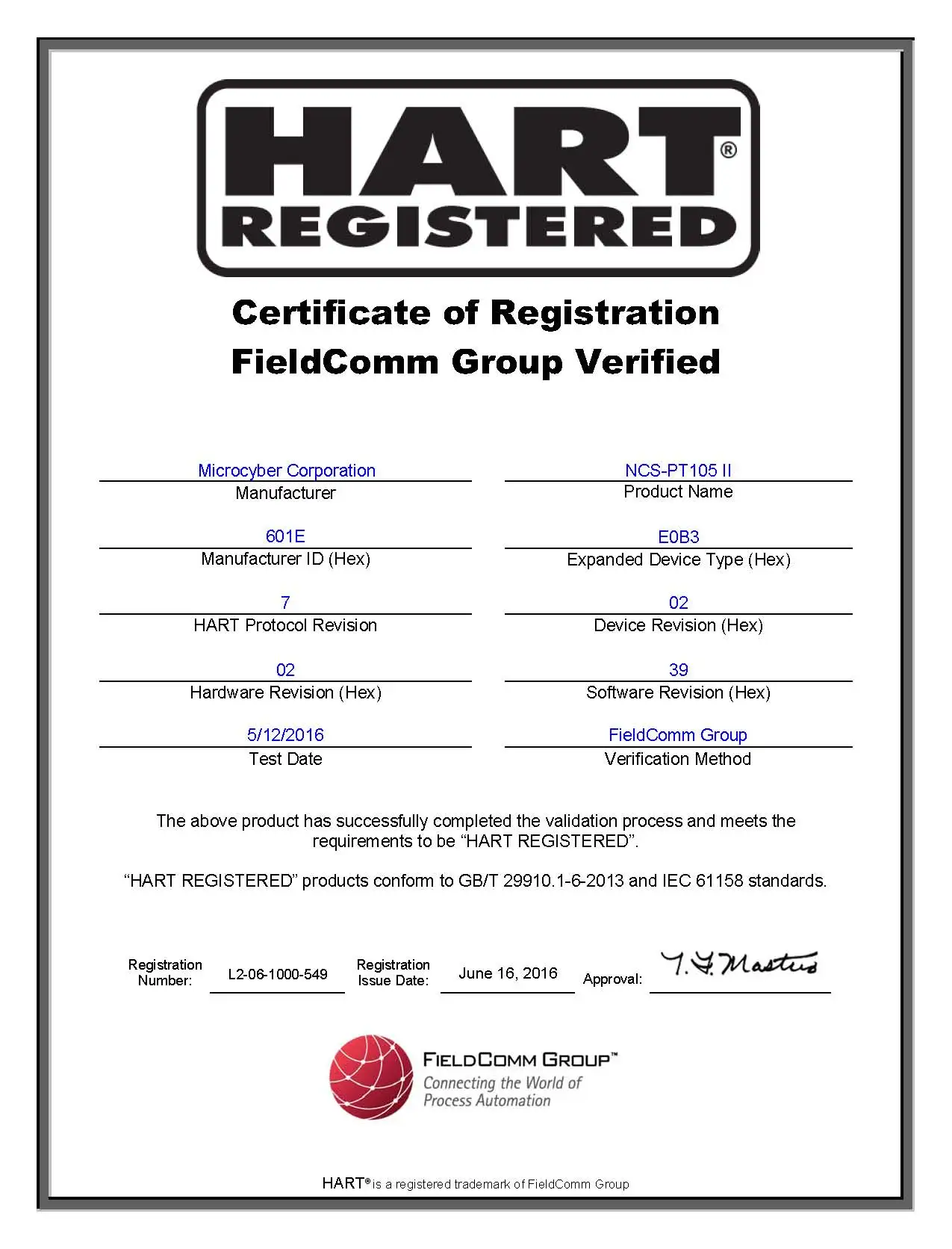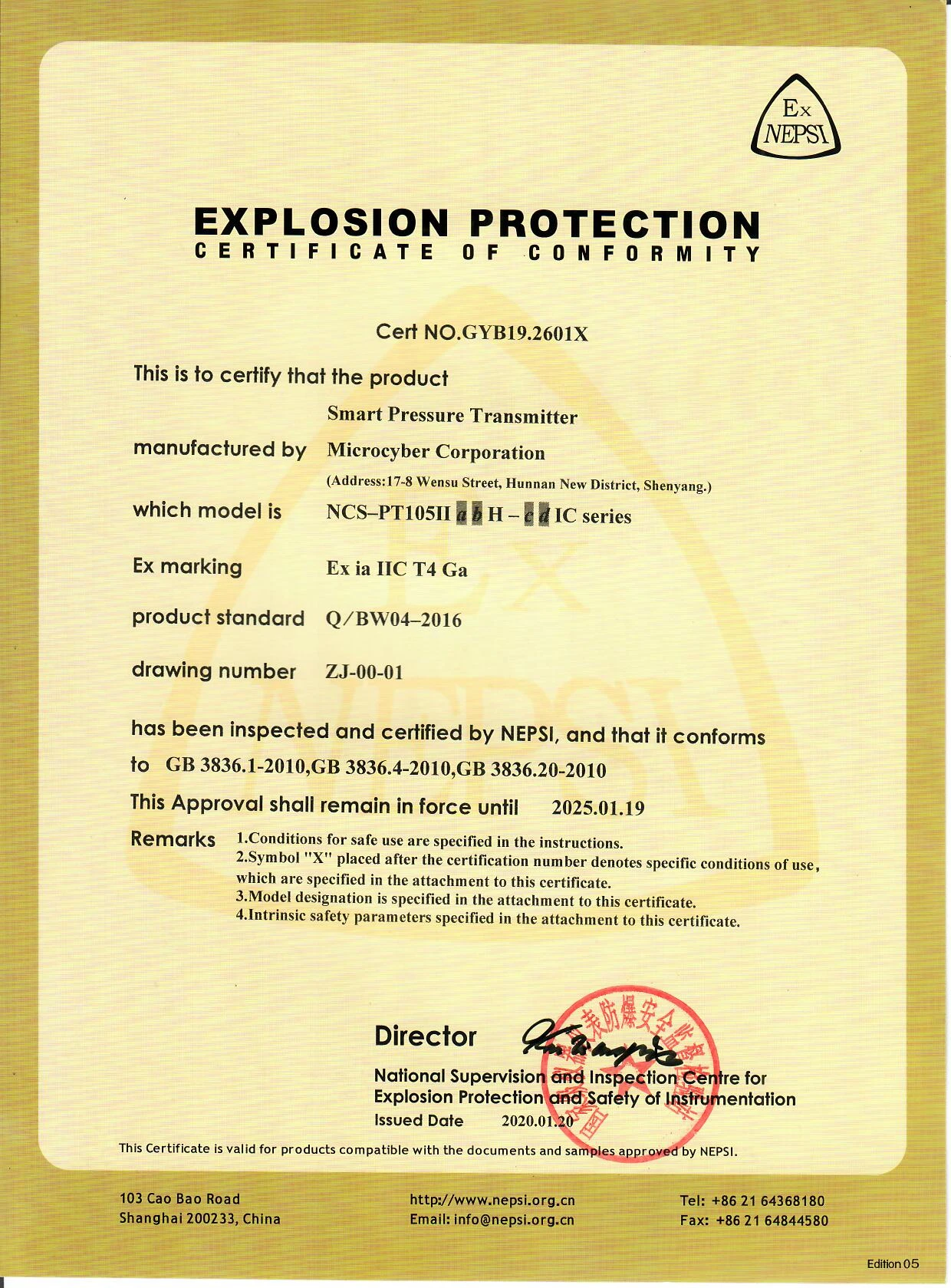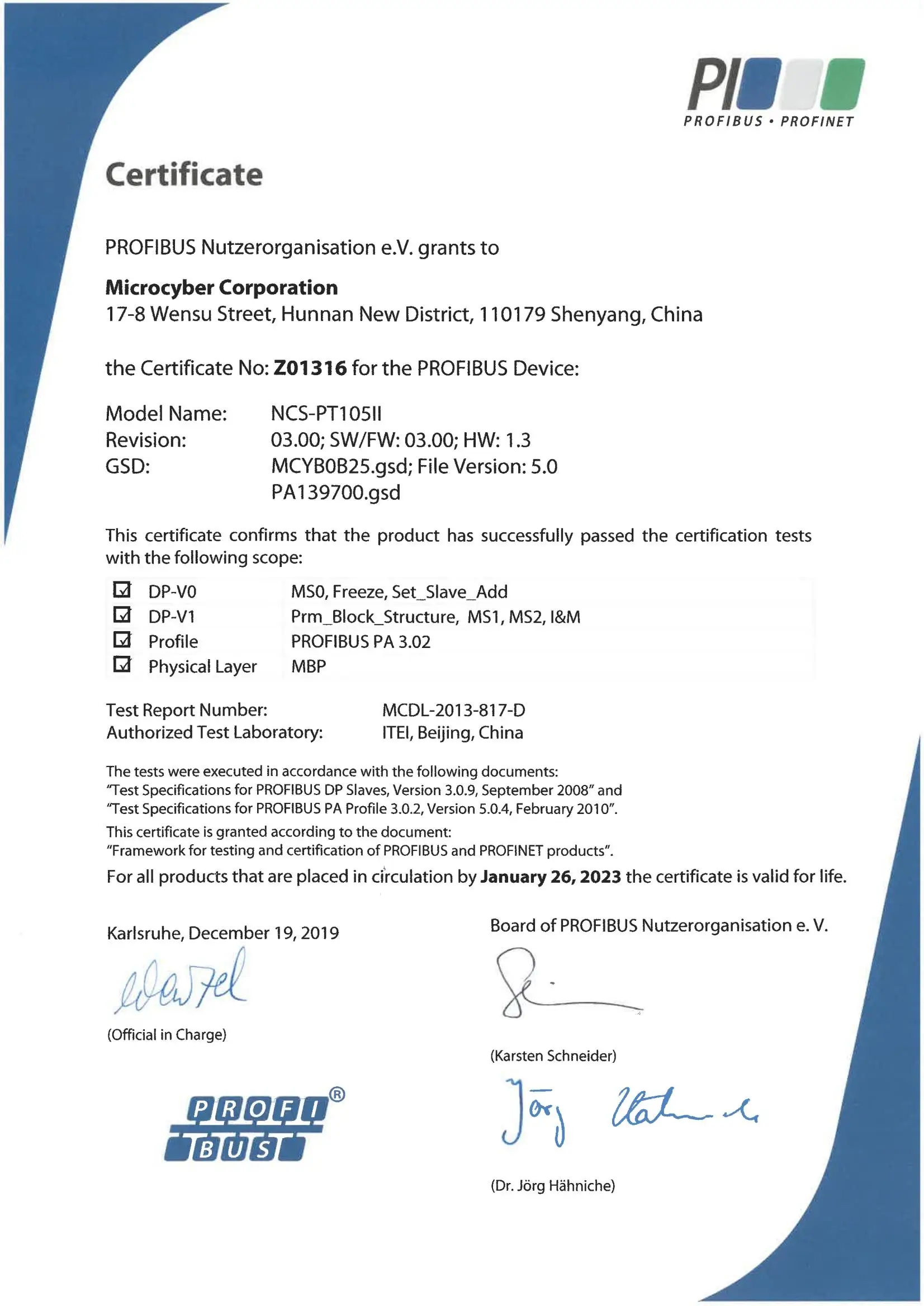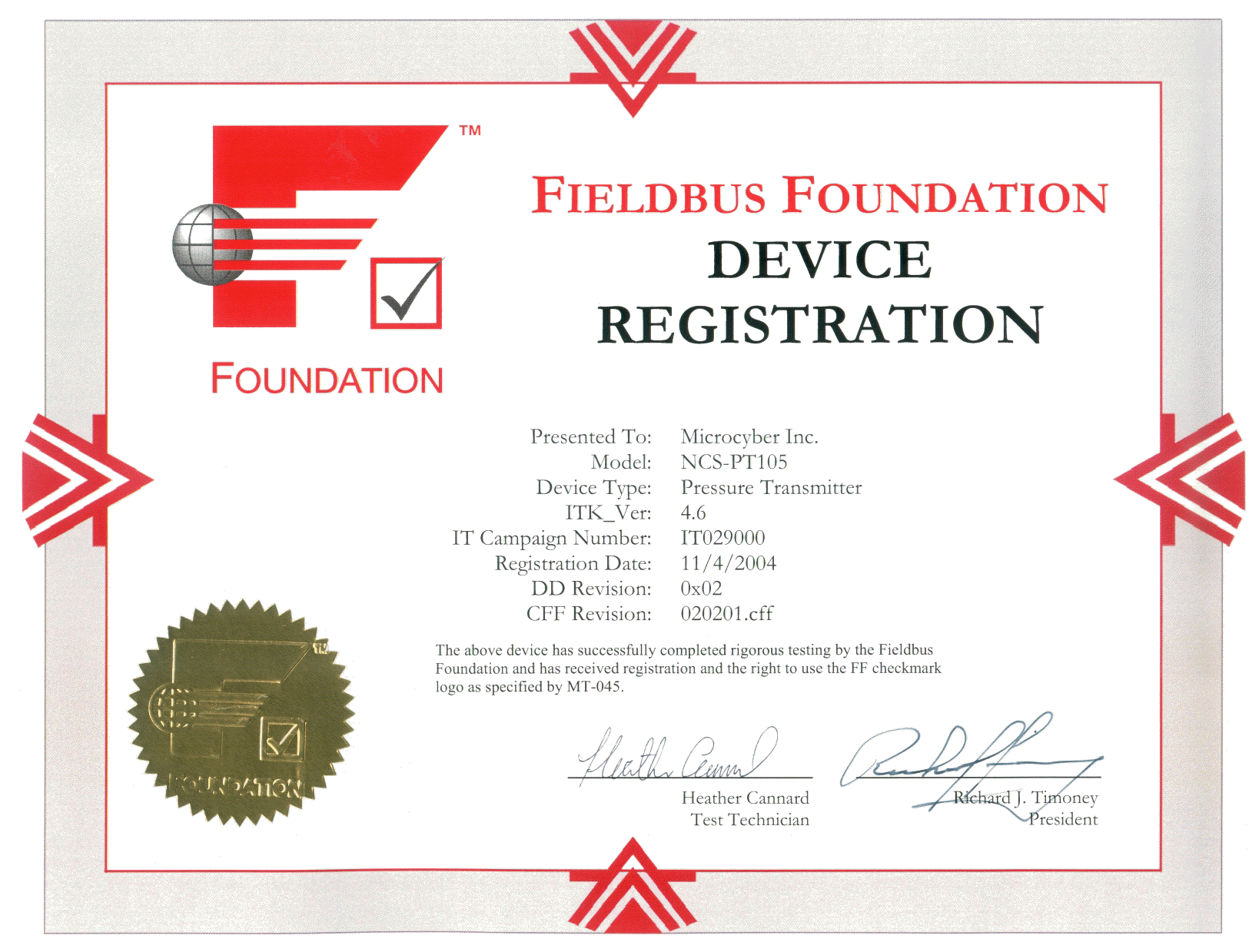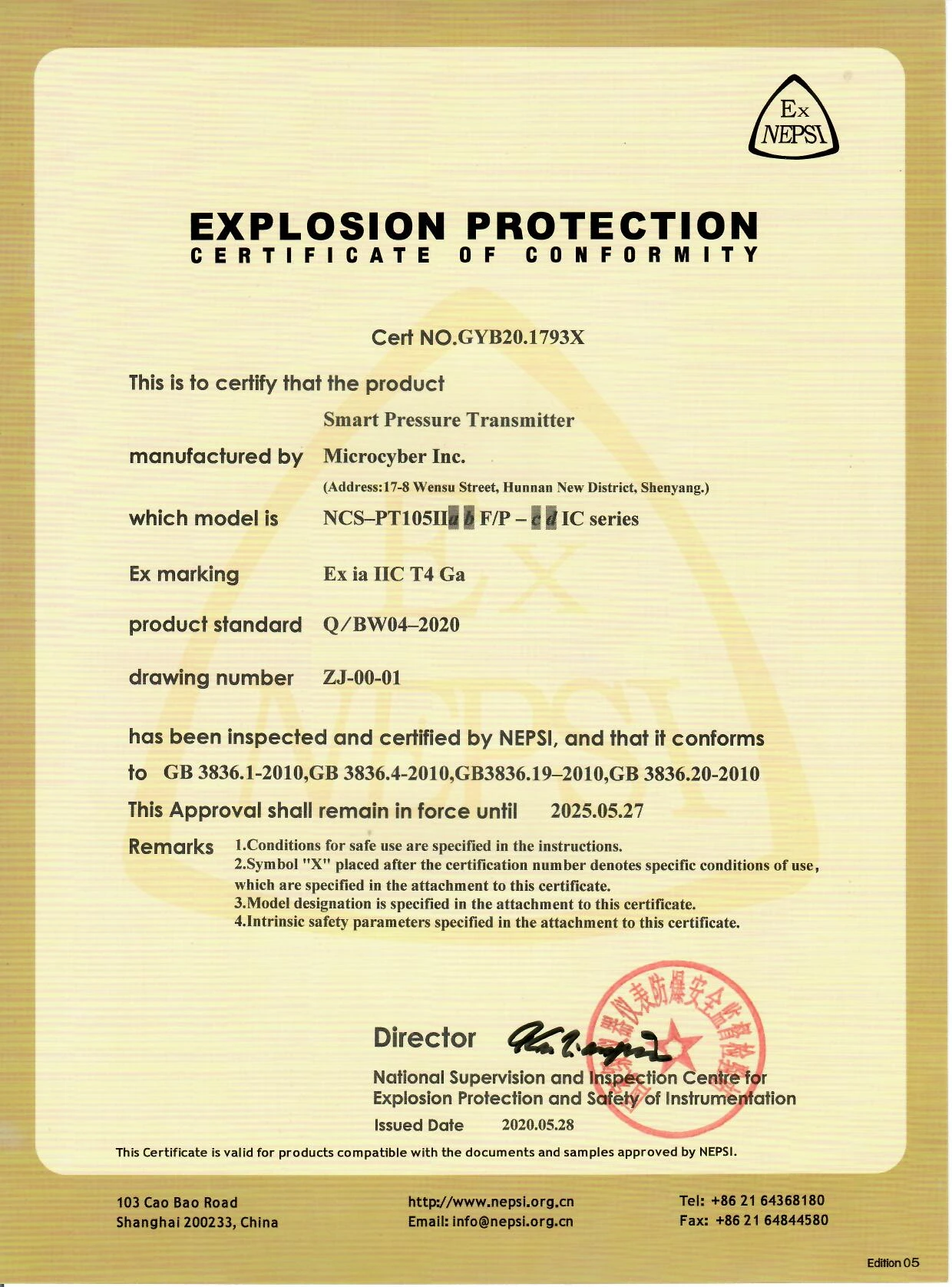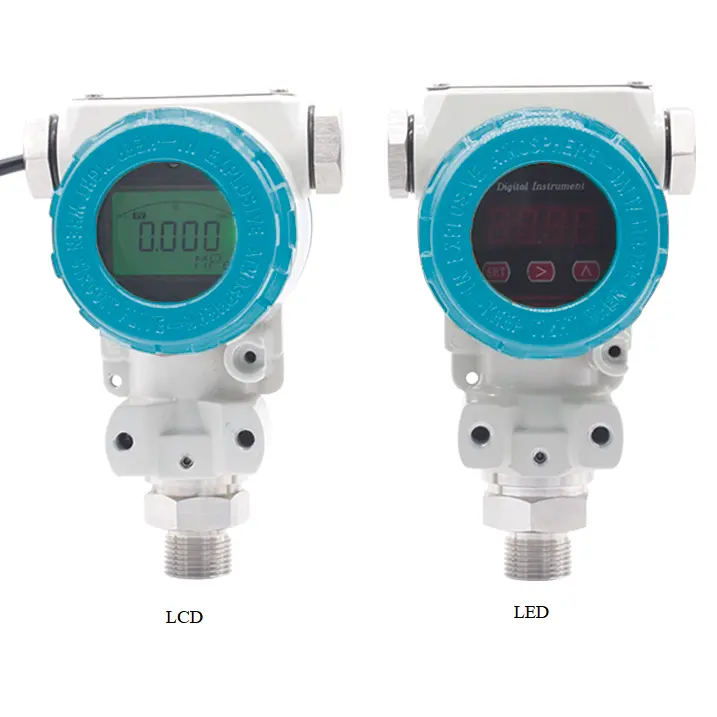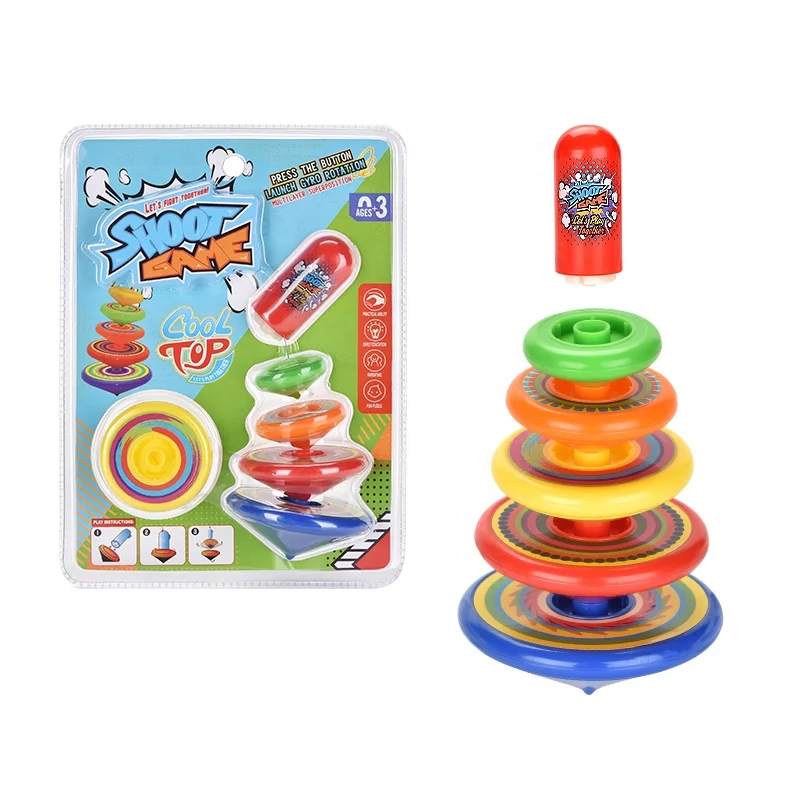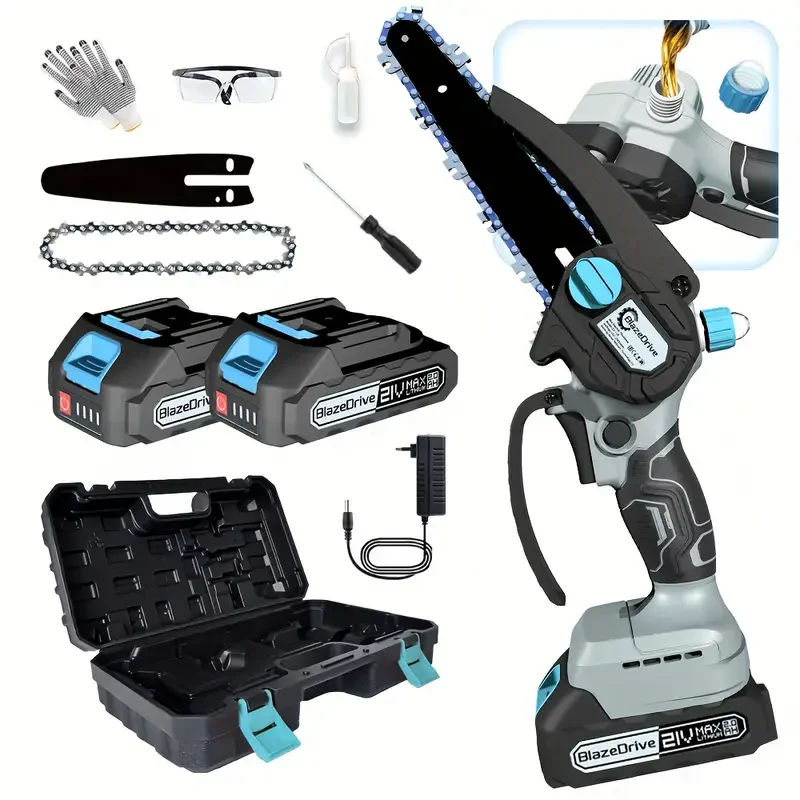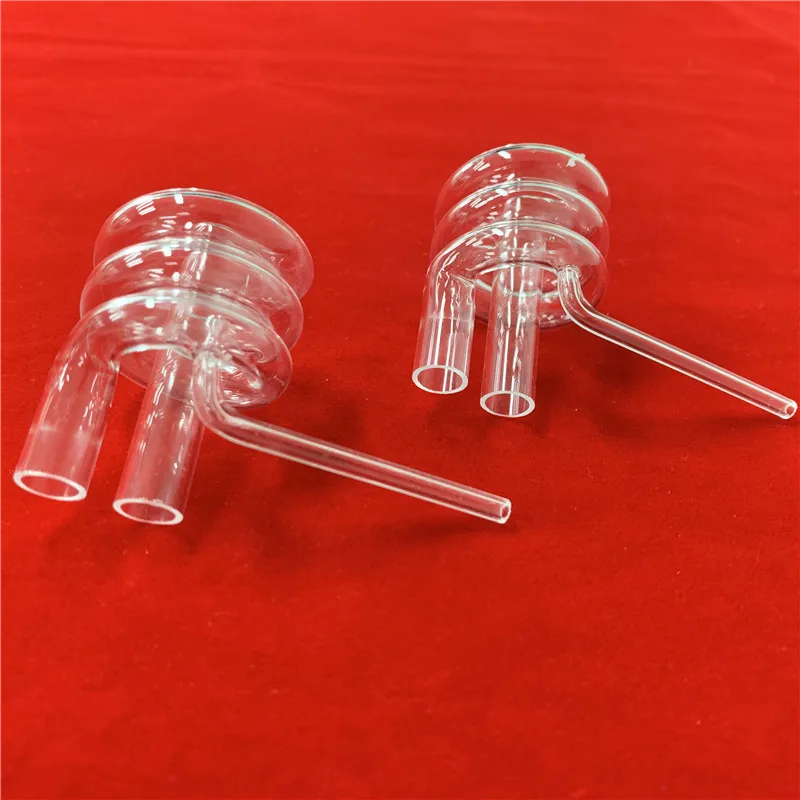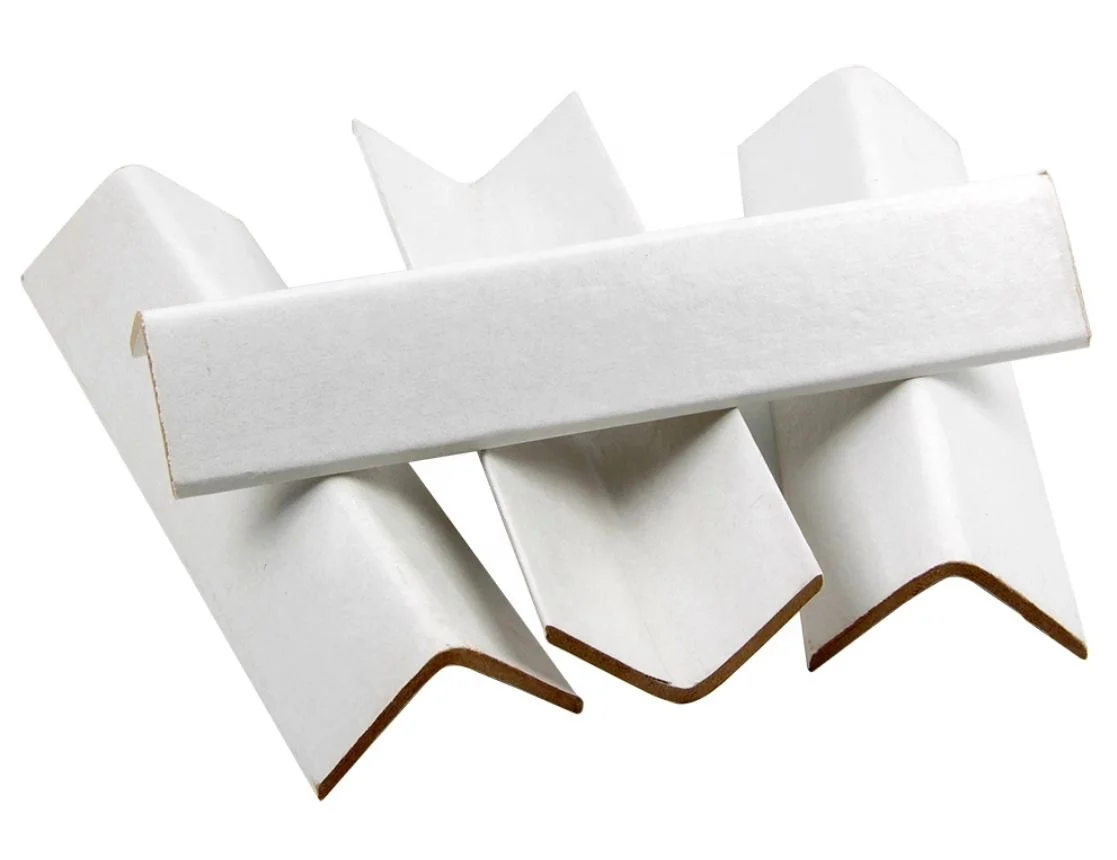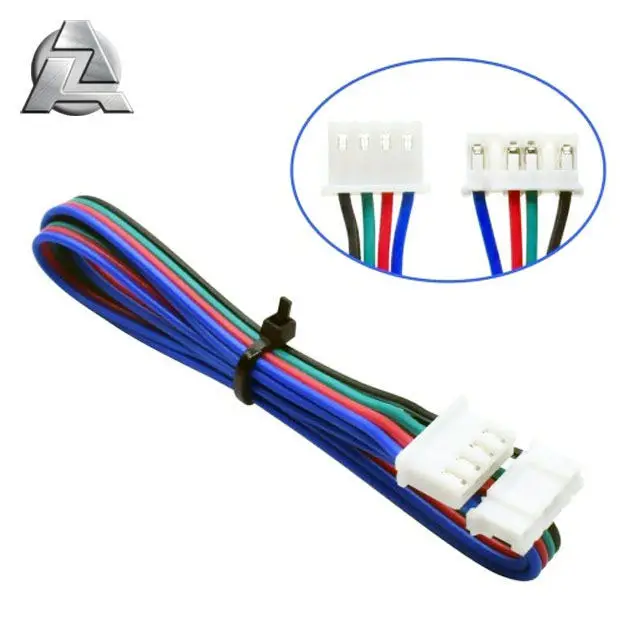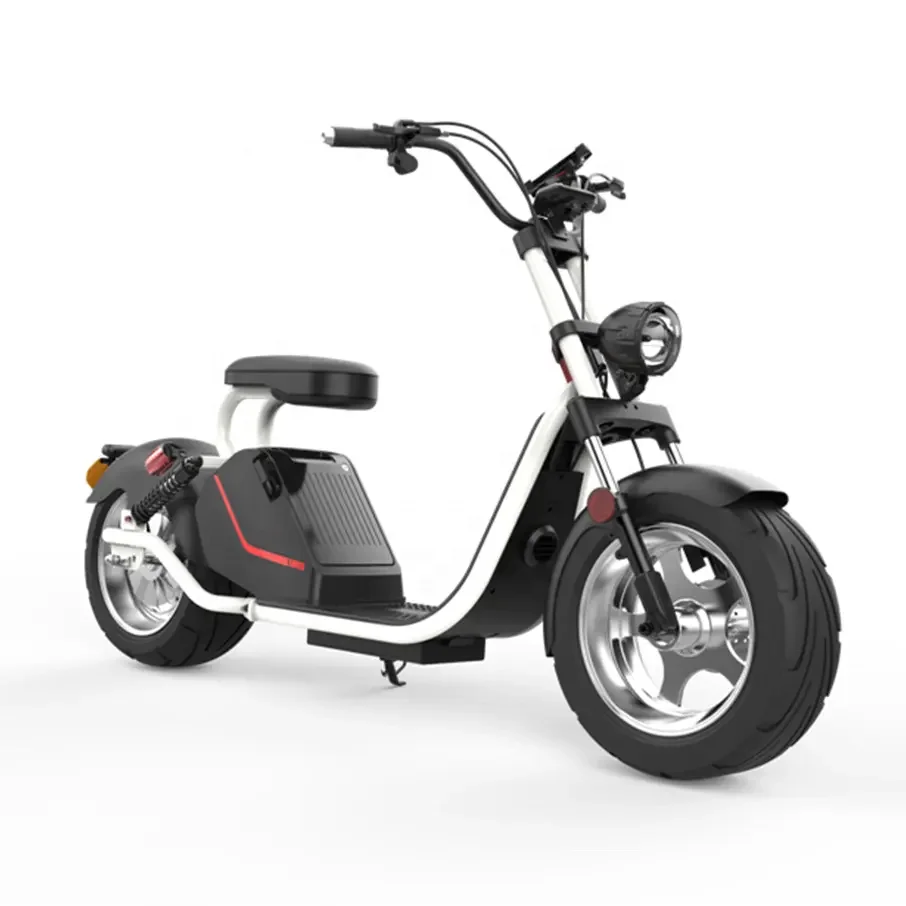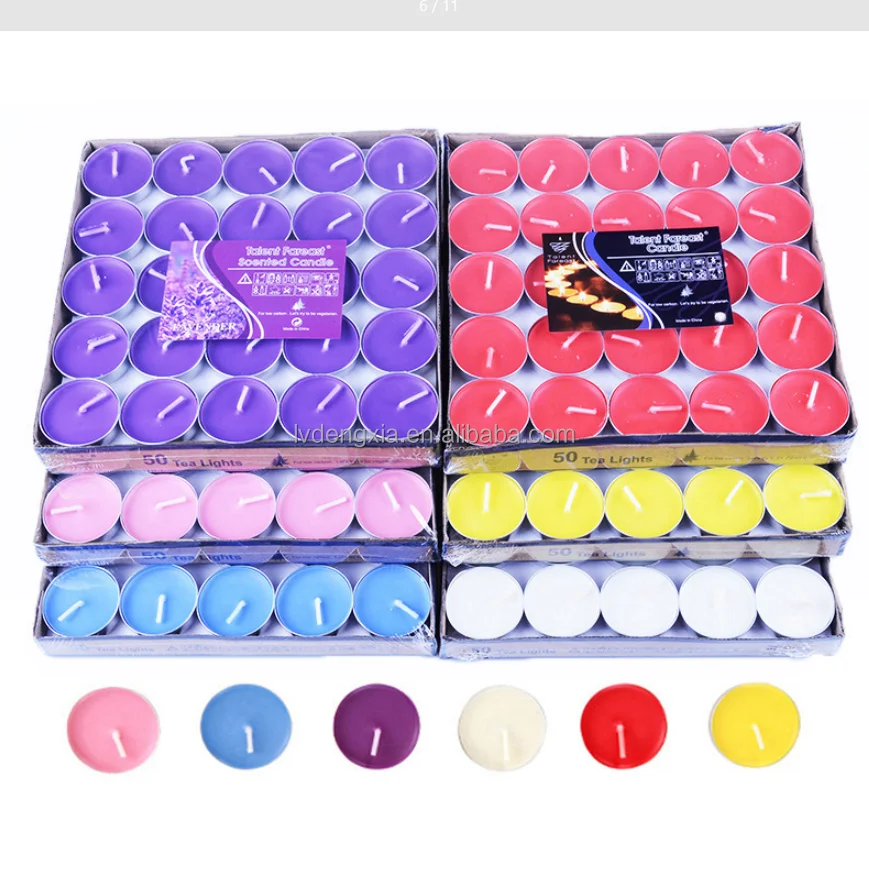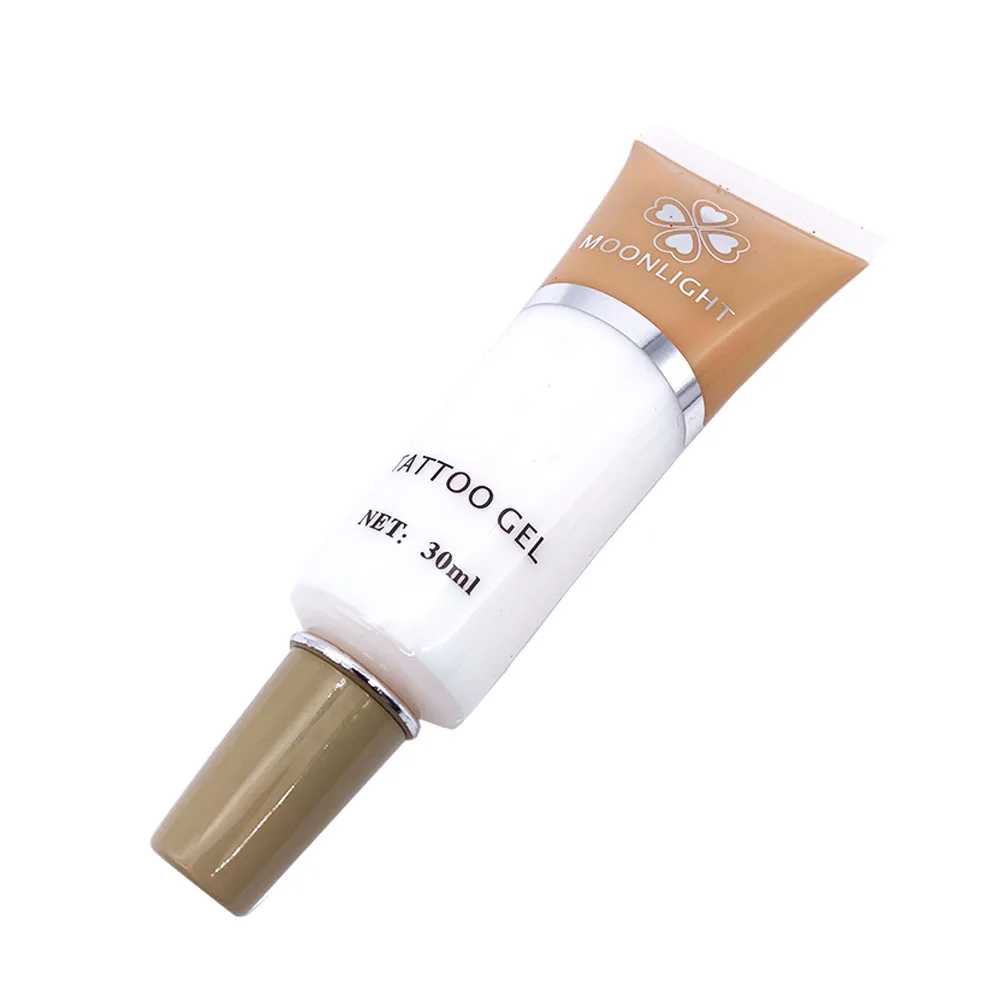PRODUCT DESCRIPTION 
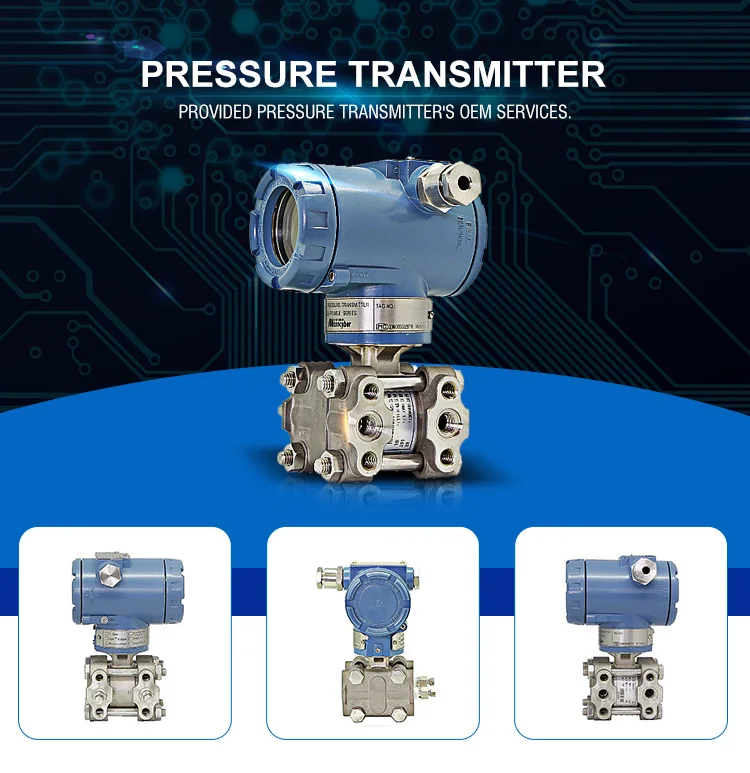
NCS Series of Intelligent Transmitters are digital, intelligent, network-based, merged with advanced, reliable, and stable sensor technology, to be designed as a new generation of Fieldbus Intelligent Transmitters. NCS Series of Intelligent Transmitters have been designed with high precision and high reliability, high stability. The pressure, temperature, currents, and other physical quantities are displayed on LCD module. Zero drift, range settings, and many other functions, are realized by the magnetism bar operation. The interoperability between different systems and equipment is realized by the Equipment Description Document, which is coMpatible with a variety of device management software, and adapts to harsh electromagnetic environments. NCS Series of Intelligent Transmitters have been used in inflammable and explosive places according to Intrinsically Safety Design. NCS-PT105 series of Intelligent Pressure Transmitters are well-designed with advanced, mature and reliable capacitance sensors, combined with advanced microprocessor technology and digital capacitance measurement technology. Internal microprocessor make it intelligent, high-precise, high reliable and zero-point stable. It is easy to debug in the field. NCS-PT105II series Smart Pressure Transmitter with advanced, mature, reliable 3151 capacitance sensors has been designed meticulously by combining advanced microprocessor technology and digital capacitance measurement technology. The powerful functions and high-speed computing capability of the microprocessor make it have excellent qualifications such as smart, high precision, high reliability, stable zero, and so on. |
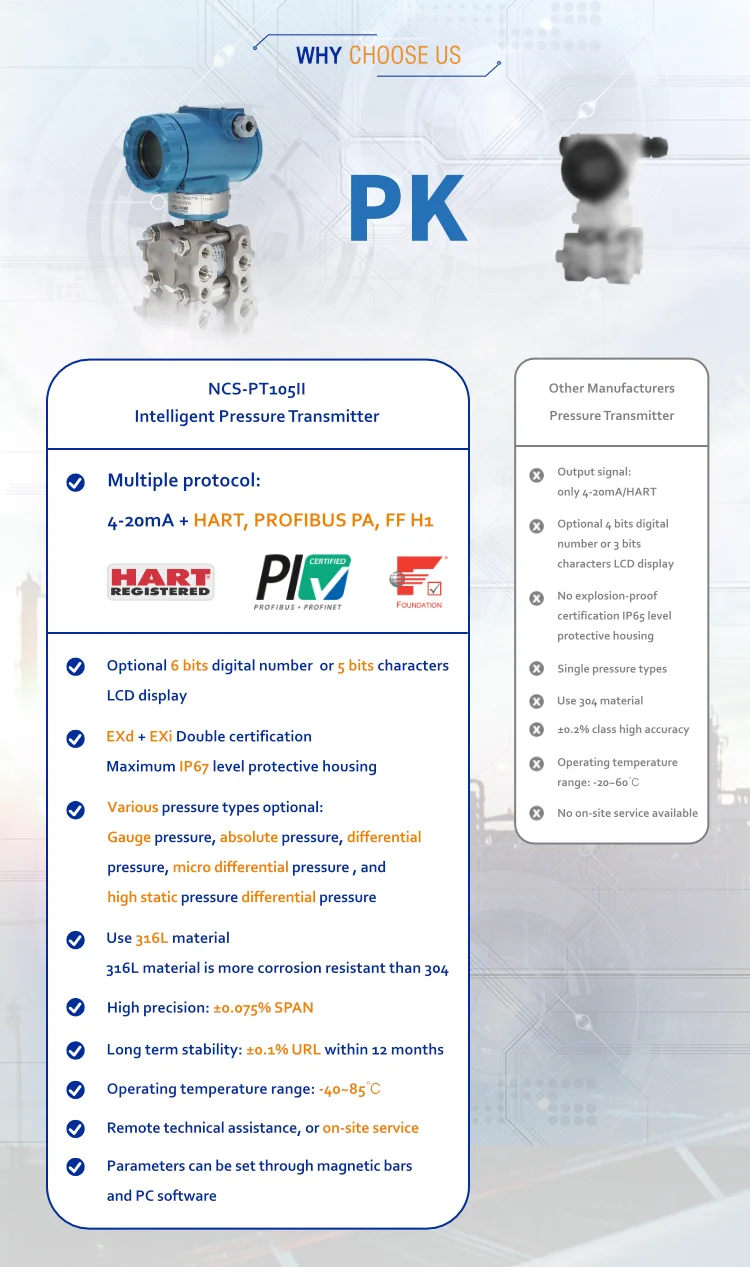
According to the Type of Measurable Pressure:
Model |
Pressure Type |
NCS-PT105ⅡSG |
Gauge Pressure Transmitter |
NCS-PT105ⅡSA |
Absolute Pressure Transmitter |
NCS-PT105ⅡSD |
Differential Pressure Transmitter |
NCS-PT105ⅡSH |
Differential Pressure Transmitter For High Static Pressure |
According to the Protocol:
Model |
Communication Protocol Type |
NCS-PT105ⅡF |
FF H1 |
NCS-PT105ⅡP |
PROFIBUS PA |
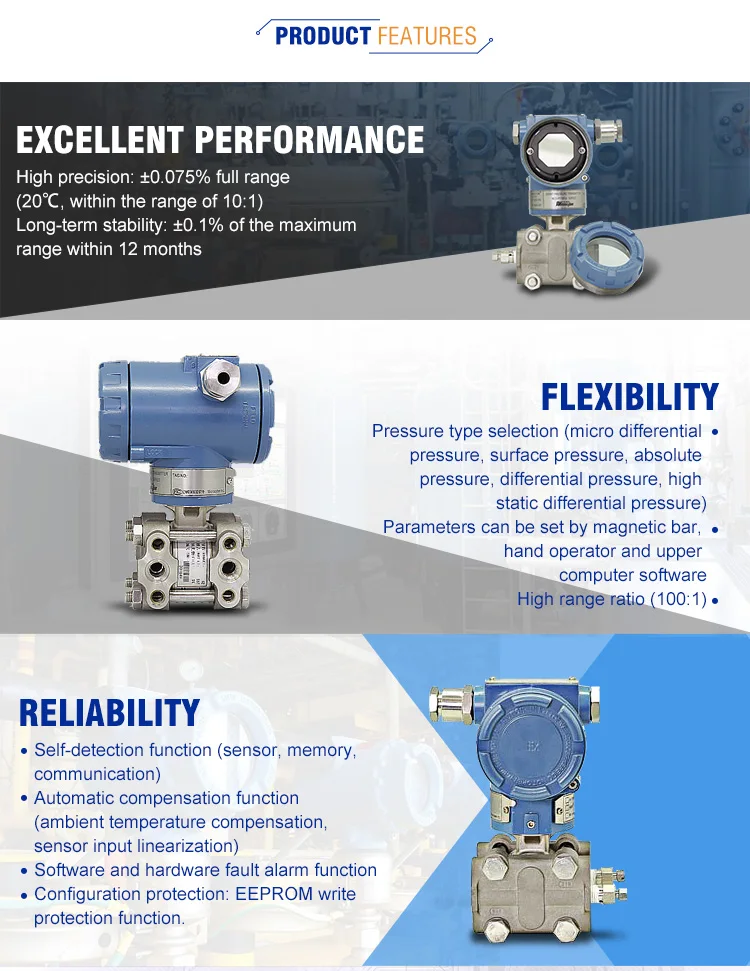
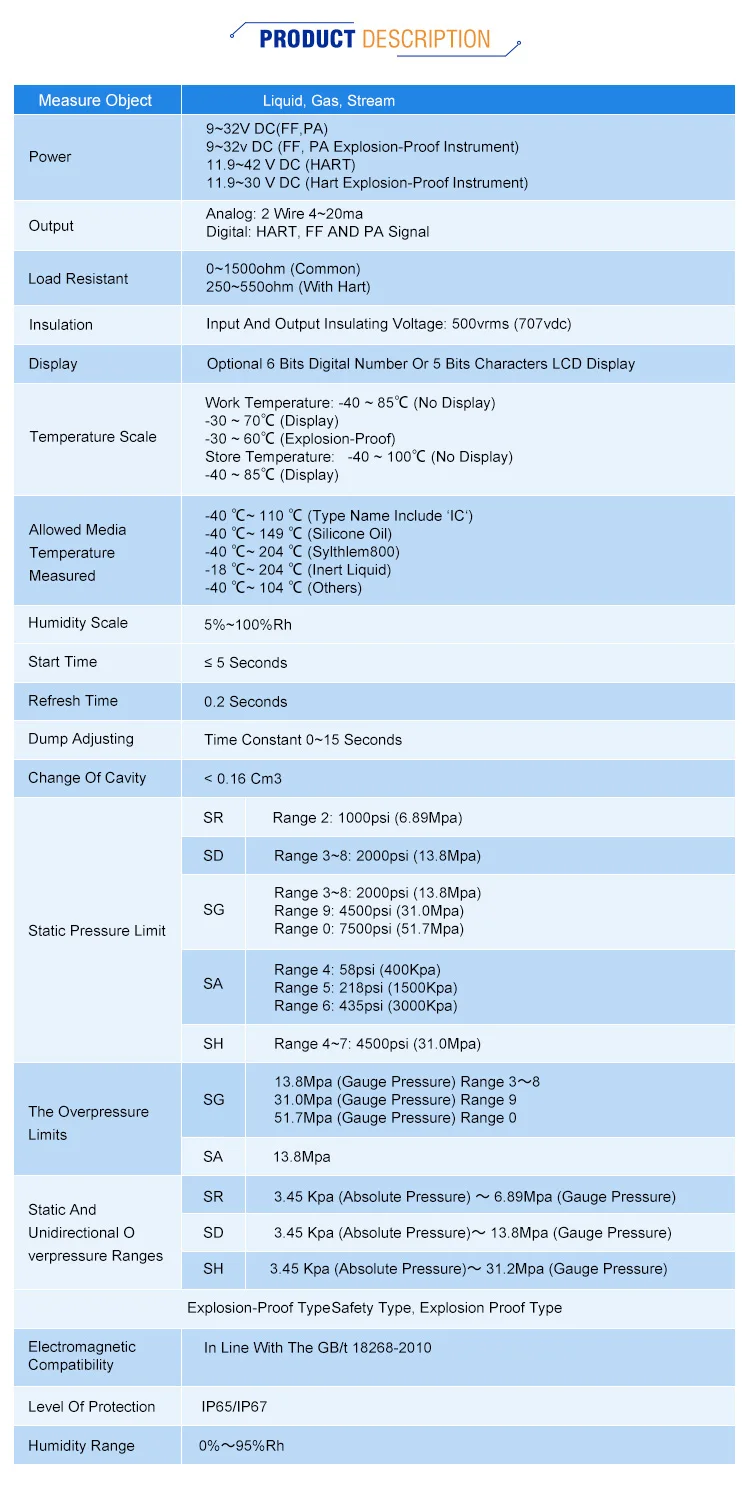
Pressure Transmitter Certificate
INSTALLATION Installation
The measurement accuracy of the smart transmitter depends largely on the correct installation of the smart pressure transmitter and the pressure inlet tube. In particular, the measurement of the flow mainly relates to the correct installation of a measurement device. Transmitter Installation For transmitter installation, three types of brackets are provided (pipe mounting flat bracket, pipe mounting angle bracket, and plate mounting angle bracket). Accordingly, there are three installation methods as the following. The installation of pipe mounting flat bracket: the typical installation as Figure 2-1 shows. Fix the transmitter in a flat bracket using the four bolts provided, and then fix the flat bracket on the vertical pipe of Φ50mm around with the U-shape bolt provided. The installation of pipe mounting angle bracket: the typical installation as Figure 2-2 shows. Fix the transmitter in the angle bracket using the four bolts provided, and then fix the angle bracket on the horizontal pipe of Φ50mm around with the U-shape bolt provided. The installation of plat mounting angle bracket: the typical installation as Figure 2-3 shows. Fix the transmitter in the angle bracket using the four bolts provided, and then fix the angle bracket on the plate with the M10 bolt. |
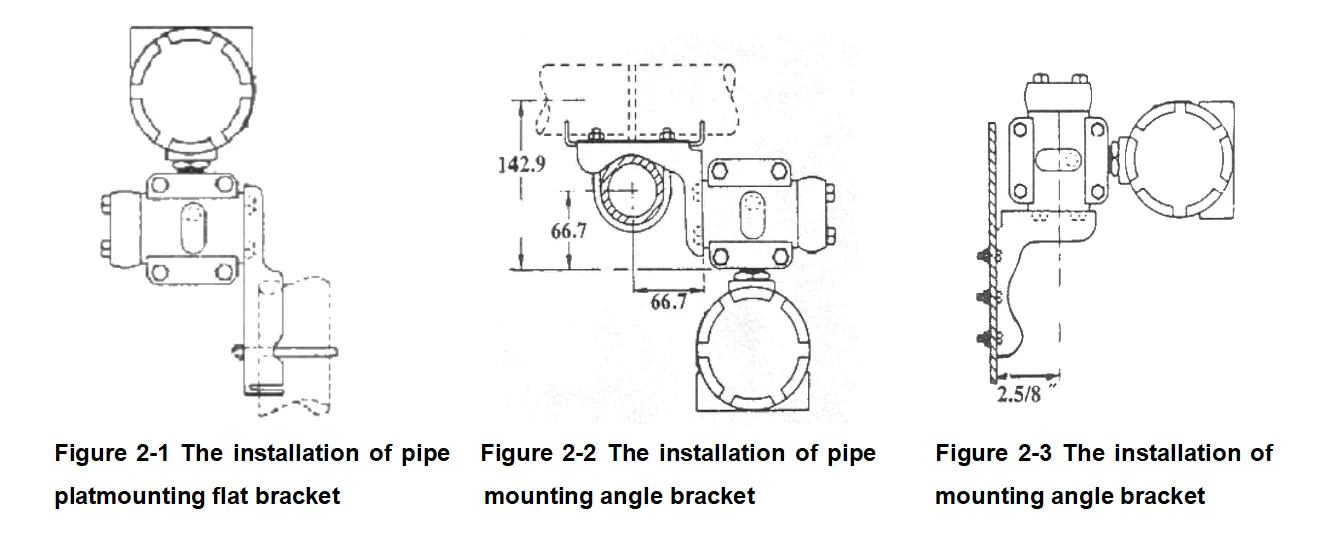
WIRING Wiring
The power and signal of Smart Transmitter are sharing one pair of cables (Bus Cable). The ordinary cables can be selected by HART smart transmitter, but FF, PA Smart Transmitter is suggested to use specific Fieldbus cable the IEC61158-2 recommended. The terminal is at the rear cover, the terminal wiring board could be seen after screwing the rear cover (indicated “FIELD TERMINAL”). |
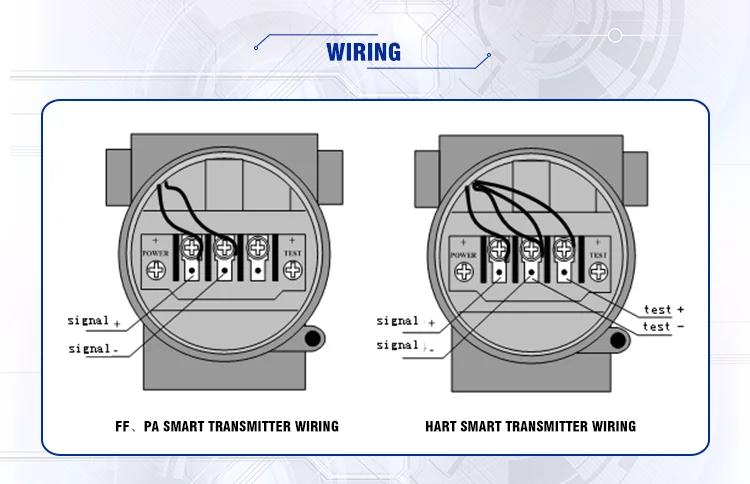
The left terminal of the terminal wiring board is the “+” signal terminal, the right terminal is the testing“+” terminal, and the middle terminal is the “-” signal and testing “-” terminal (sharing). A power supply is provided to a smart transmitter with a signal wire. The testing terminal is only used in the HART smart transmitter to connect the testing instrument. Signal wires should be holed to the wire terminal through the wiring hole. And the “+” signal wire should be connected to the “+” signal terminal (left), and the “-” signal wire should be connected to the “-” signal terminal (middle). Signal wires shielded layer can be floating ground, and is also available for single-point grounding at any point in the signal circuit. When the testing instrument is connected to test the analog signal of the HART smart transmitter, the thread method is also in the same way of the signal wire, but the “+” test wire should be connected to the right terminal of the terminal wiring board in HART smart transmitter, and the “-” test wire should be connected to the middle terminal. Caution: When connecting the HART smart transmitter, do not connect the signal wire to the testing terminal. It will damage the diodes. But when the diodes are burnt, the emergency response is to short the circuit of the two testing terminals. The Bus Cable of the smart transmitter should not share the line pipe or trunkings with other devices, and should be away from the high-power device. |
WORKING PRINCIPLE Introduction for Working Principle
The measurement principle of smart transmitter based on the 3151 capacitive pressure sensor, using advanced micro-controller technology, sensor digital measurement technology and high accuracy algorithm to ensure the high-precision pressure measurement. The advanced HART, FF H1 and PROFIBUS PA Fieldbus technologies are used respectively by the communication interface of smart transmitter. The logical structure of smart transmitter, which is the same, can be divided into five parts: sensor, instrument card, communication card, LCD card and port card, as picture shows. The FF, PA Smart Transmitters are identical in terms of hardware due to the same physical layer specification, the communication card and port card of the FF, PA Smart Transmitters are different from those of Hart, but other parts are the same. |
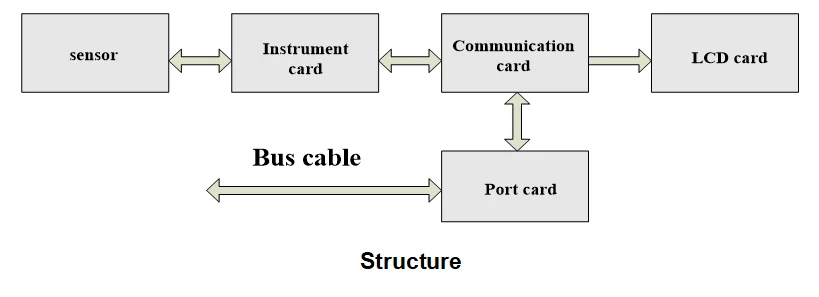
Introduction to Working Principle
The widely used 3151 capacitive pressure sensors, which were developed by Rosemount initially in USA, have been produced on a large scale in China. The core of its sensor is differential capacitive membrane, as picture shows. There are two measurement capacitances CH and CL distributed in differential capacitive membrane. The two measurement capacitances are almost equal to two plate capacitances because of their mechanical structure. The two measurement capacitances share one polar plate, which is a measure membrane in the center. And the other polar plate is fixed on the two sides. When the pressures of two sides are equal, the measure membrane is in the center, the capacitances of two sides are equal too. But when the pressure of high pressure side is higher than that of low pressure side, the guide pressure liquid filled in the membrane guides the differential pressure, so that the measure membrane moves to low pressure side. As a result, the capacitance of high pressure side is lower than that of the low pressure side. |
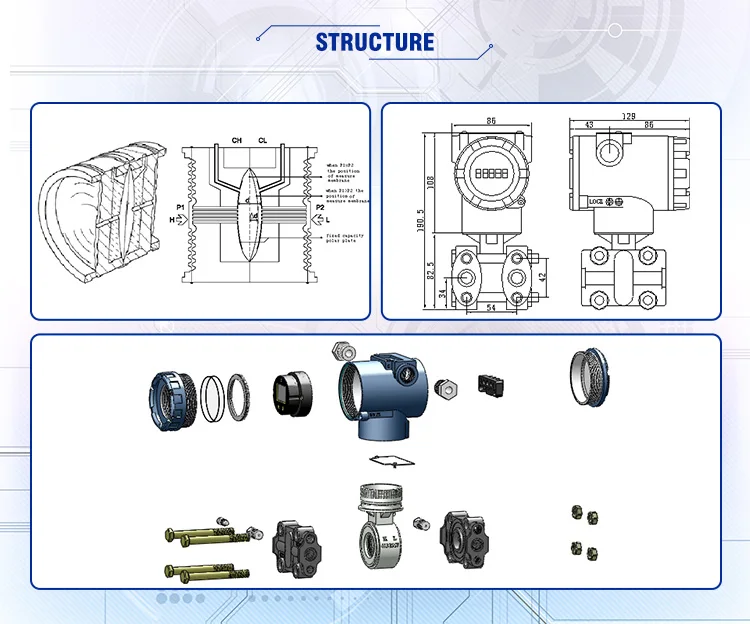
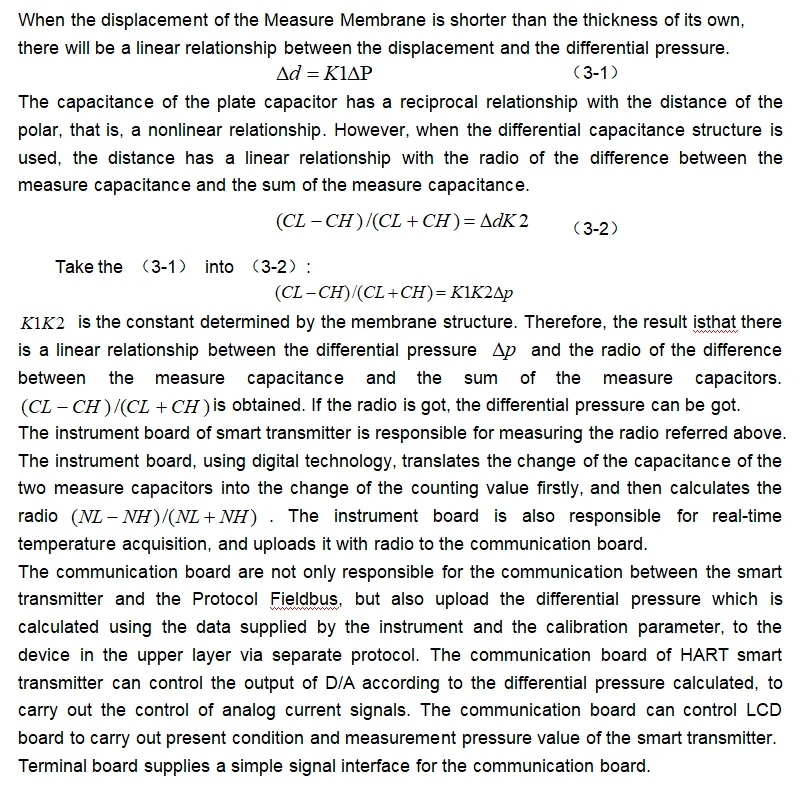
Construction Introduction
The differential capacitance membrane is encapsulated in the sensor, and through three capacitance polar cables which are extracted. The capacitance polar are welded on the measurement membrane and fixed polar separately. And the Flange is tightly-ferruled on the both sides of the sensitive device by four bolts. As a result, the sensor is formed, as Figure 3-3 shows. |
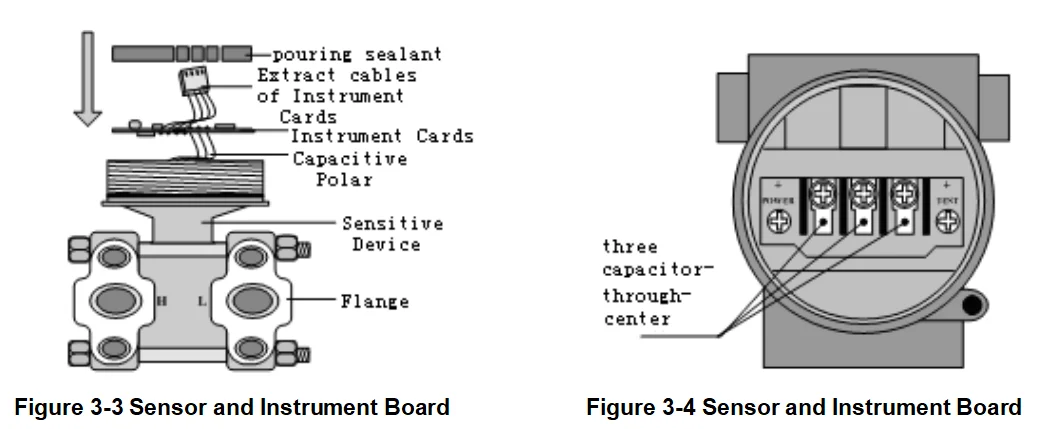
The instrument board is installed in the sensor device of the smart transmitter. The capacitance polar of the sensing device is welded on the interface of the measurement capacitance in the instrument board. The pouring sealant, which has effects of insulation and conduction, fixes the instrument board in the cavity reserved by the sensitive device. The four-core cable of the instrument board is reserved outside, which can be used to connect the communication board. Three capacitance-through-center with thread are wrung in the hole of the housing, one polar is extended to the cavity of the instrument and connected to the terminal board, and the other one is welded on the three terminals on the terminal block separately. The bus signal is supplied to the terminal board through capacitance-through-center, as Figure 3-4 shows. The terminal board is fixed on the bottom layer of the housing in the cavity of the instrument and welded capacitance through the center. The communication board is inserted in the terminal board, and fixed by the bolts. The Four-core cable of the instrument board is extended into the cavity of the instrument and inserted in the communication board, as Figure 3-5 shows. |
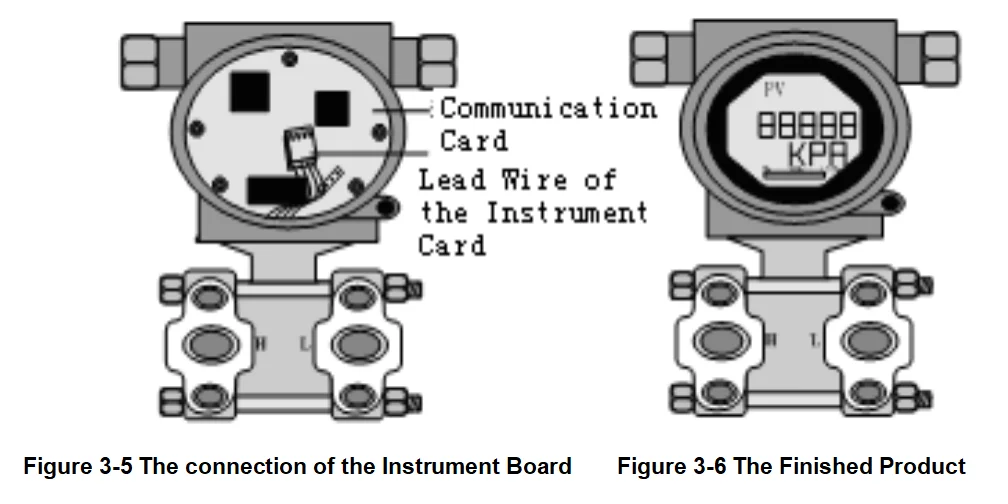
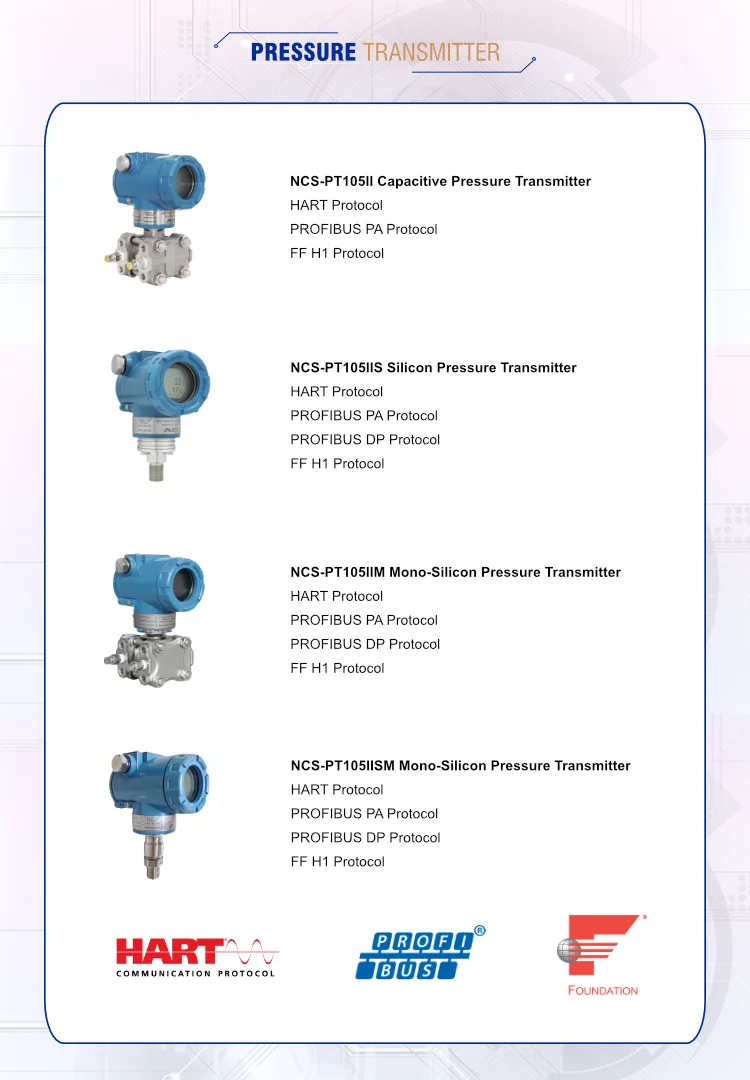
WHY CHOOSE US 


Certification
Microcyber is a member of FCG (FieldComm Group) and the Profibus National Organization (PNO).
Microcyber has ISO 9001 certification.
As a Development Services Provider, Microcyber provides extraordinary services and solutions for Foundation Fieldbus technology.
Many of our products have passed FF certification, PA certification, HART certification, NEPSI explosion-proof certification, etc. |
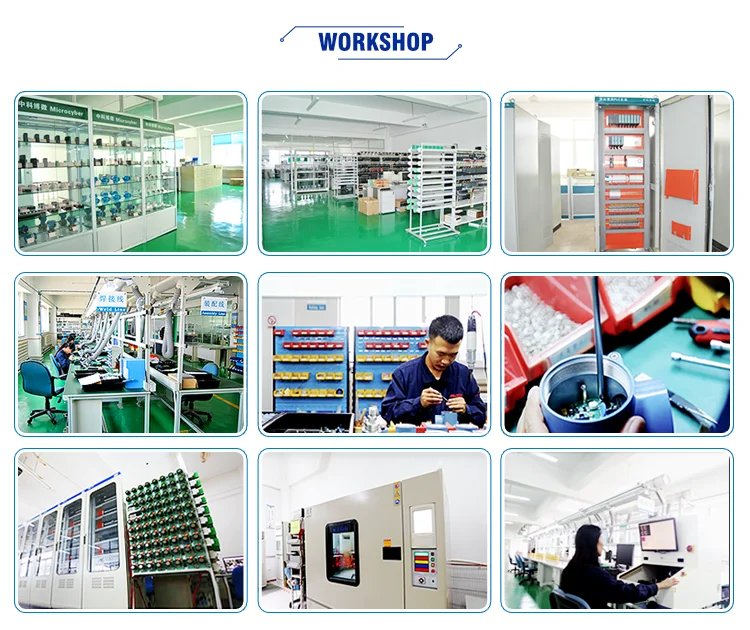
Workshop
Microcyber's production center is 1700m2, with the anti-static ground, ventilating system, air source transporting system, temperature, and humidity control system, and production devices.
The production center consists of 4 workshops and 1 professional lab, they are a production workshop, assembly workshop, aging workshop, maintenance workshop, and product lab.
There are professional production lines, pressure transmitter assembly lines, instrument assembly lines, control system module assembly lines, and product testing lines.
Microcyber has a batch capacity for 10 thousand devices per year. |
FAQ Q1: Which one is the most popular model?
A1: NCS-PT105IISG and NCS-PT105IISD. Q2: How to install the NCS-PT105II Pressure Transmitter (Capacitance Sensor)? A2: There are three ways to install the NCS-PT105II Pressure Transmitter (Capacitance Sensor): installation of pipe mounting flat bracket, installation of pipe mounting angle bracket, and installation of plat mounting angle bracket. Q3: Can I get a free electronic manual? A3: Yes, if you want it, please contact us. Q4: Can you provide OEM service? A4: Yes, we can, such as a communication board, we can also provide a Fieldbus development toolkit. |
